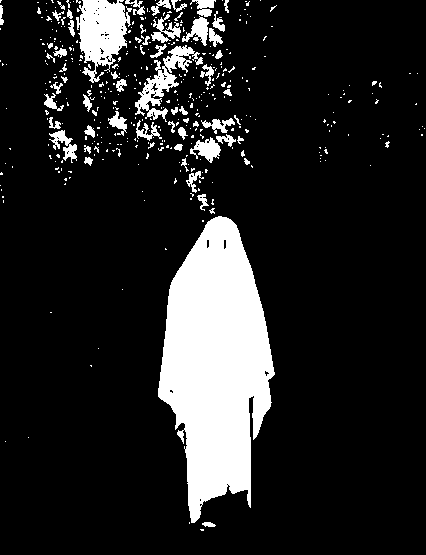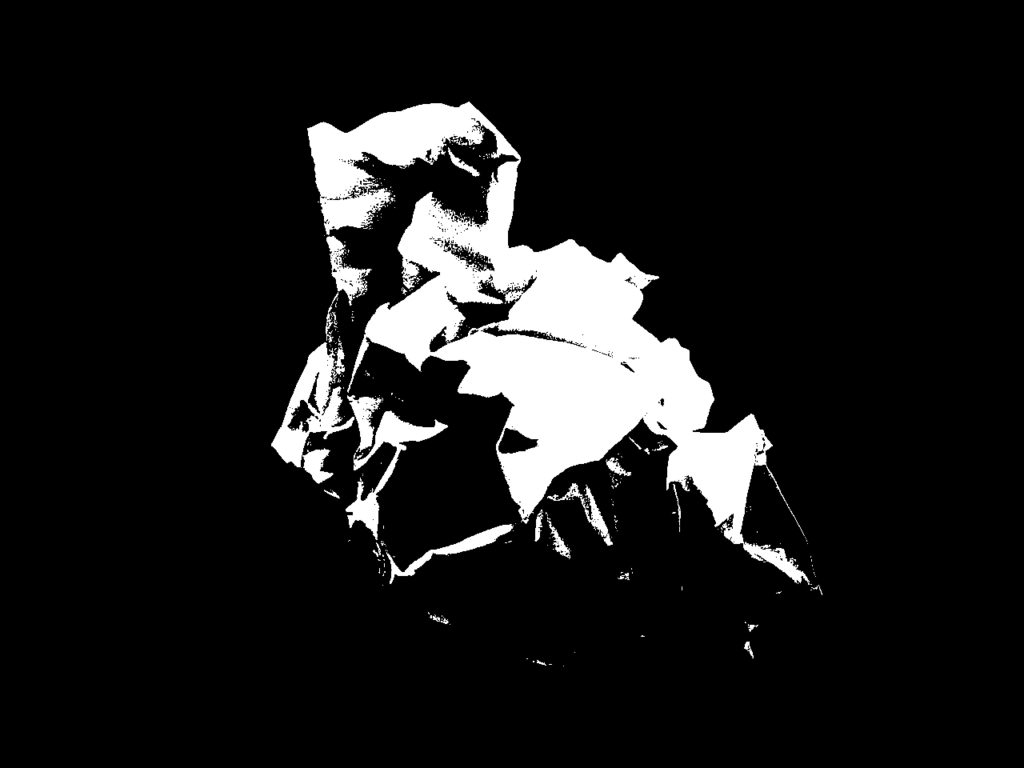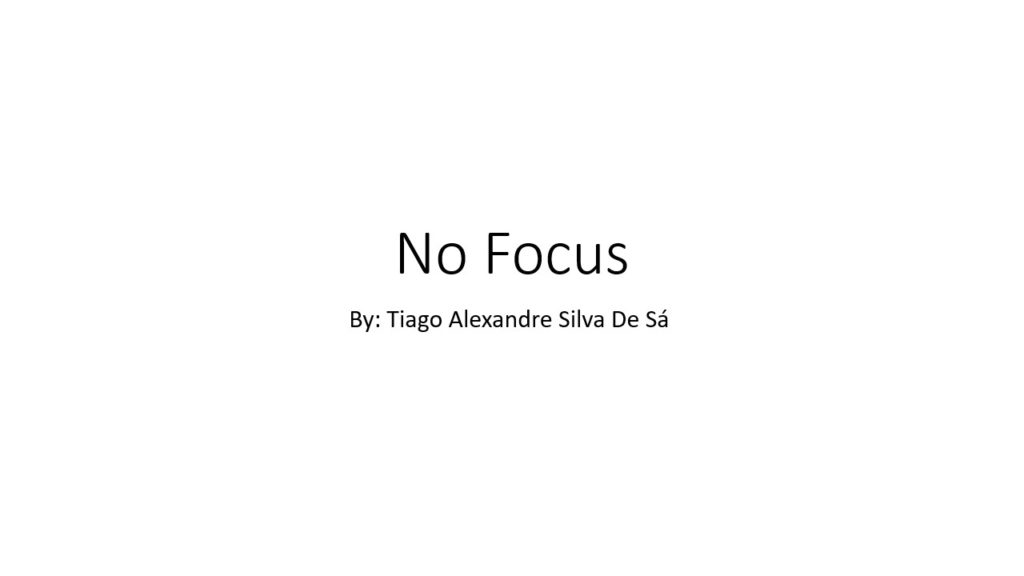
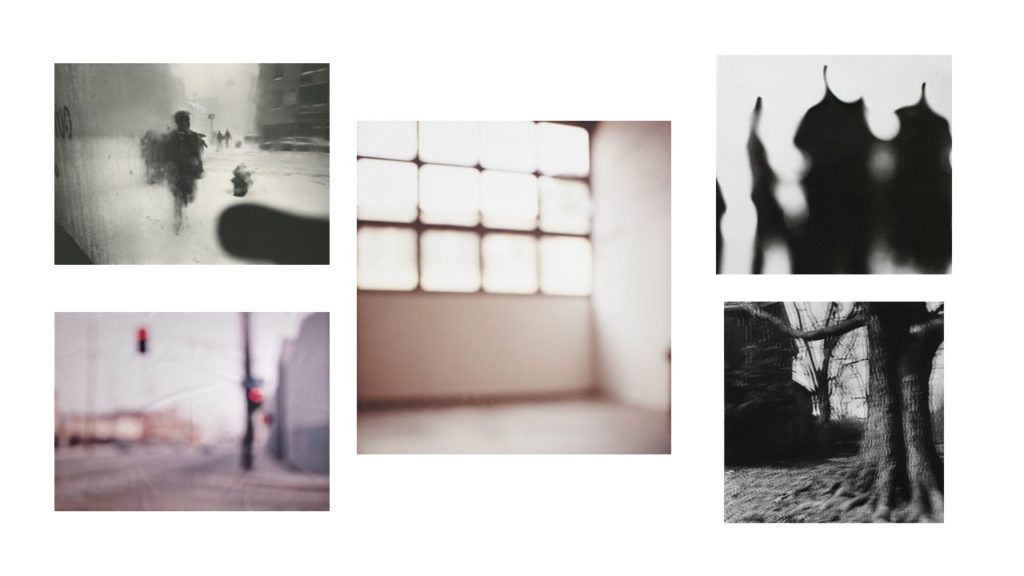

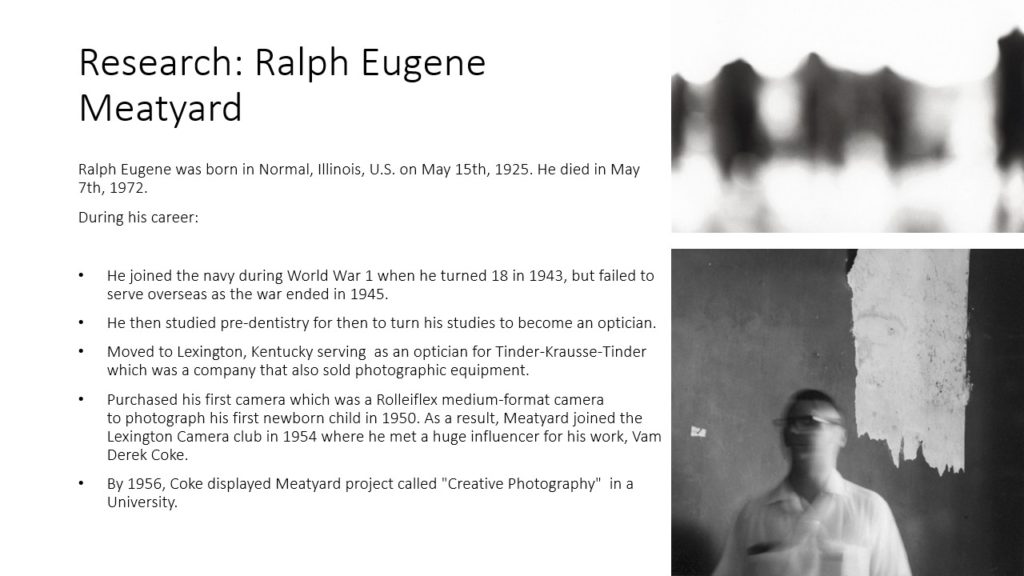
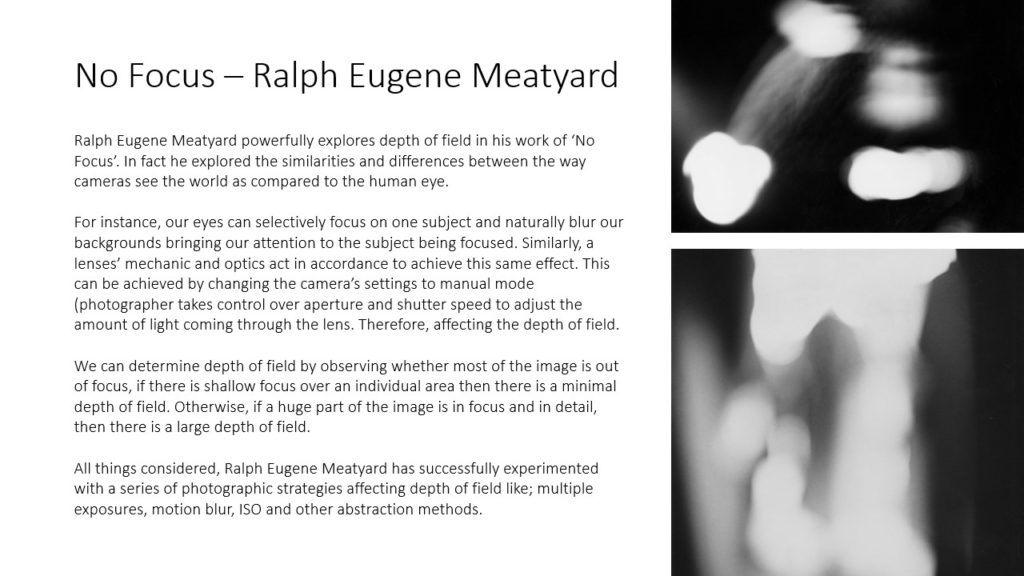
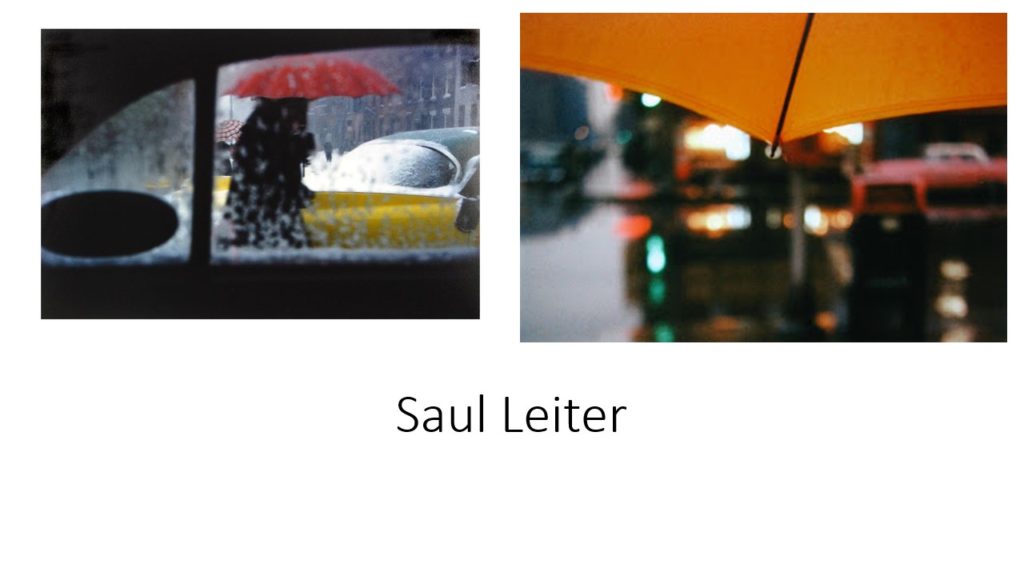
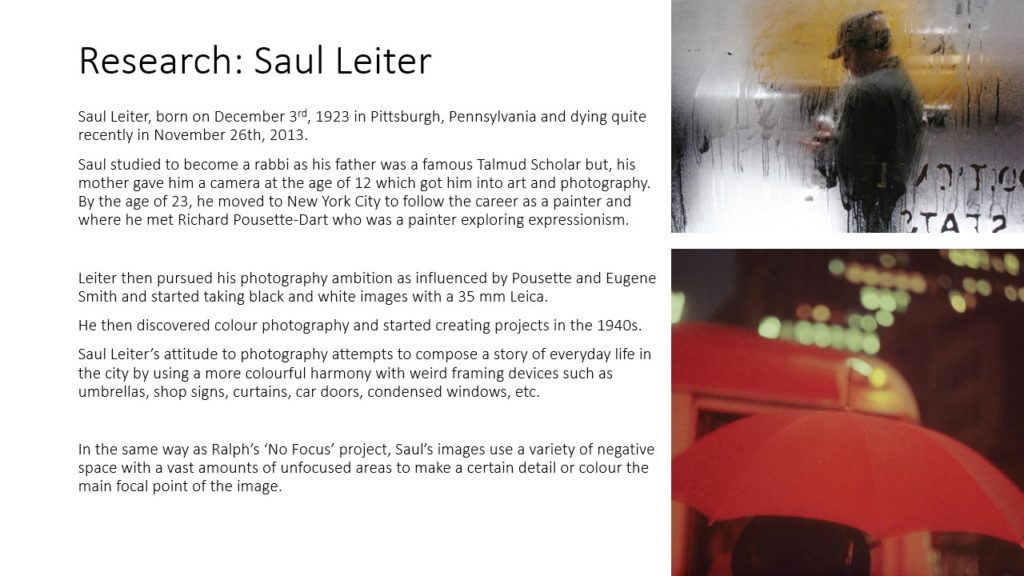
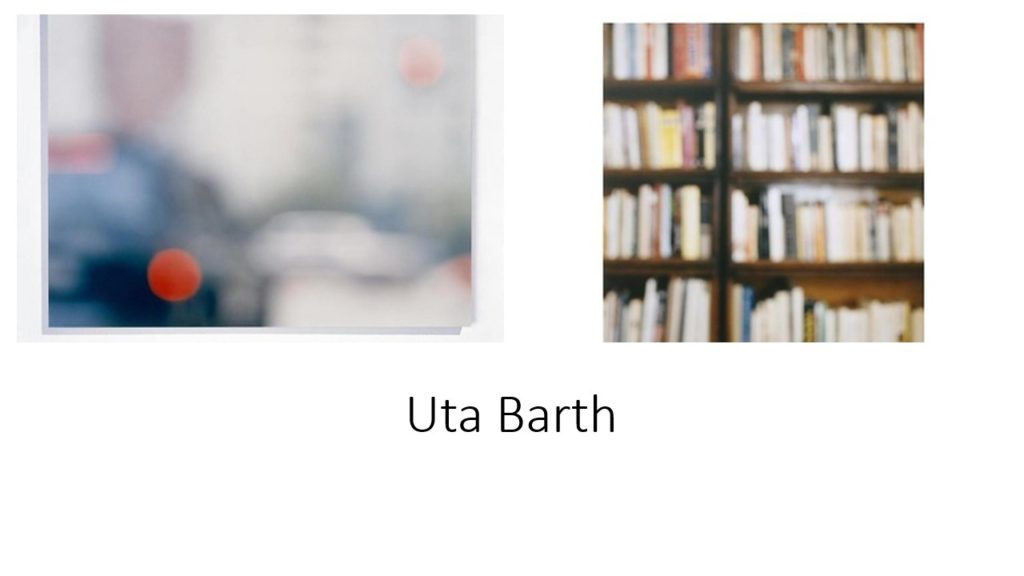
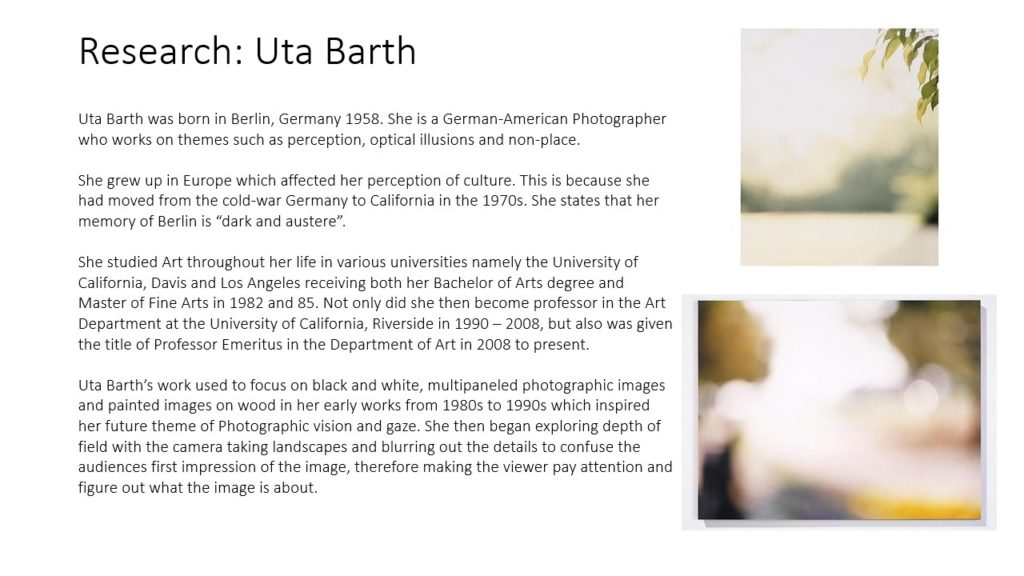

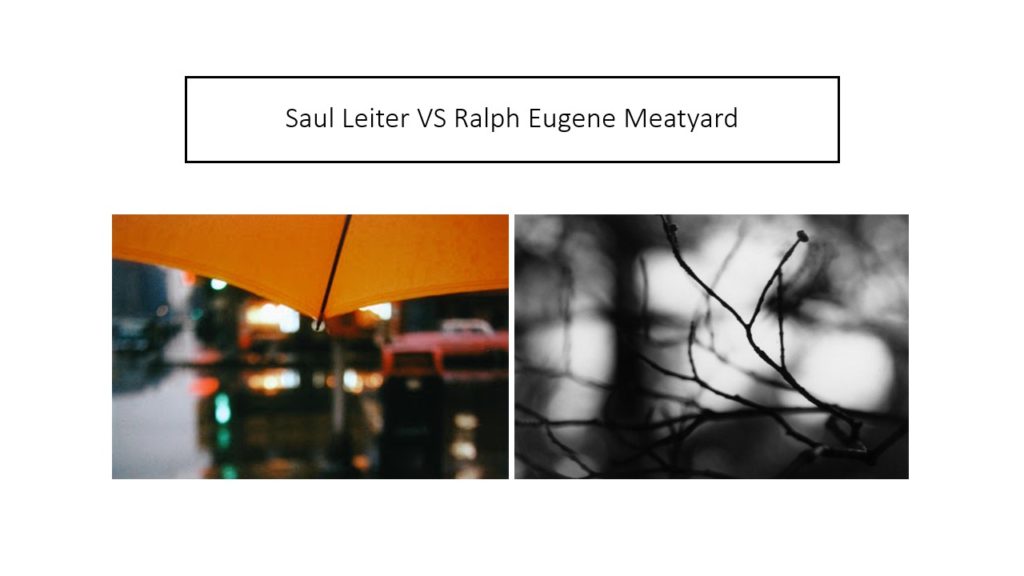
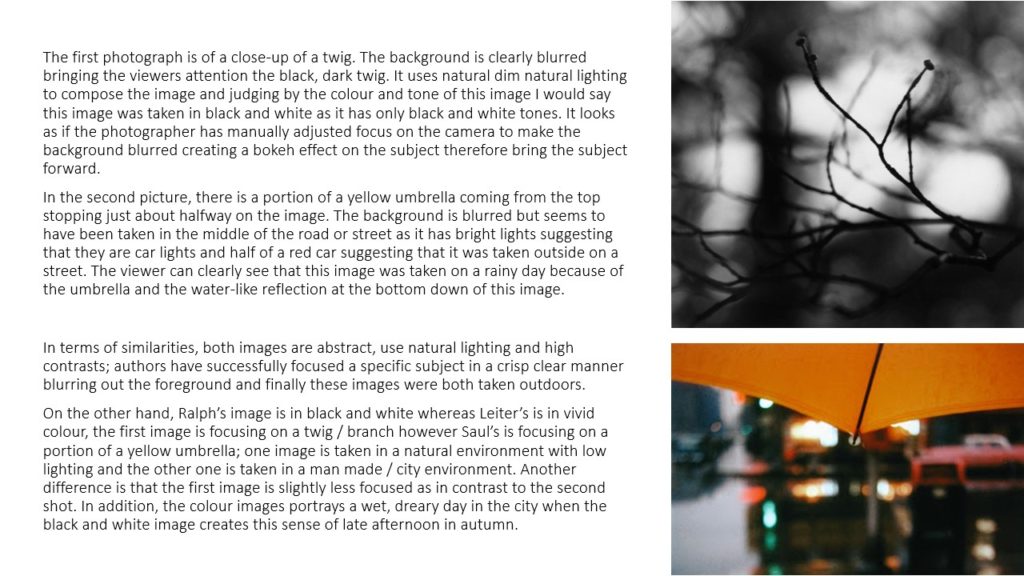
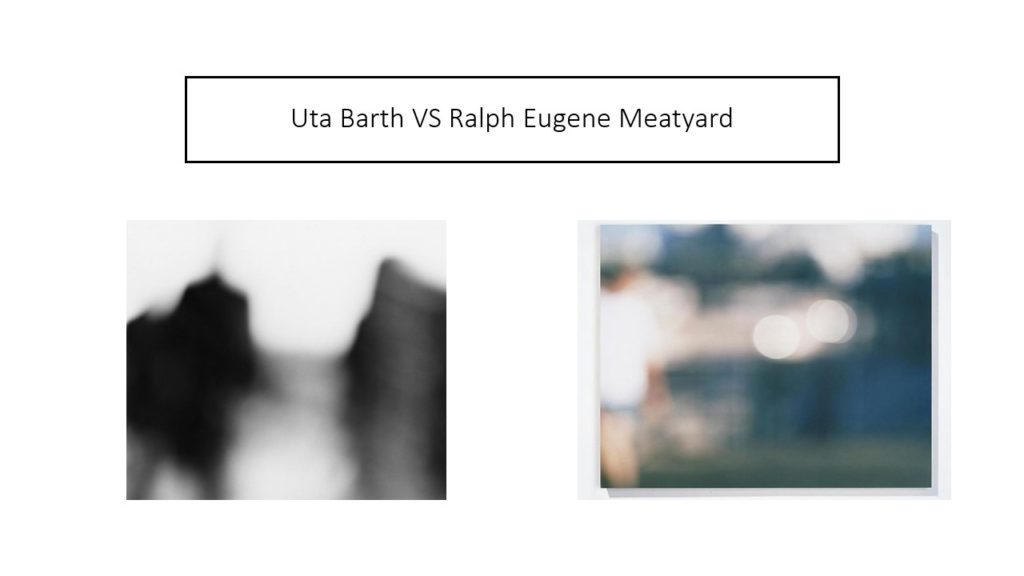
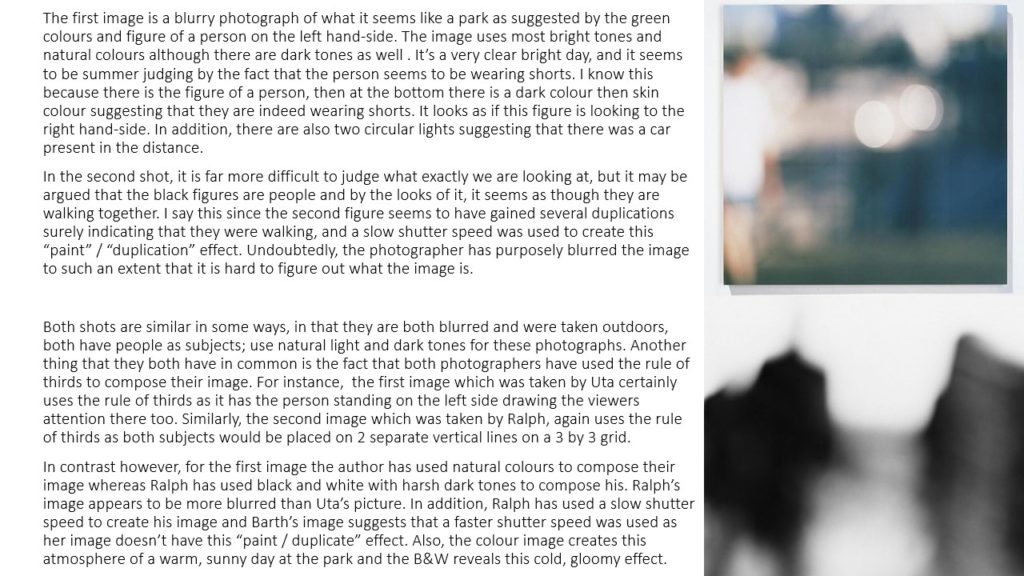



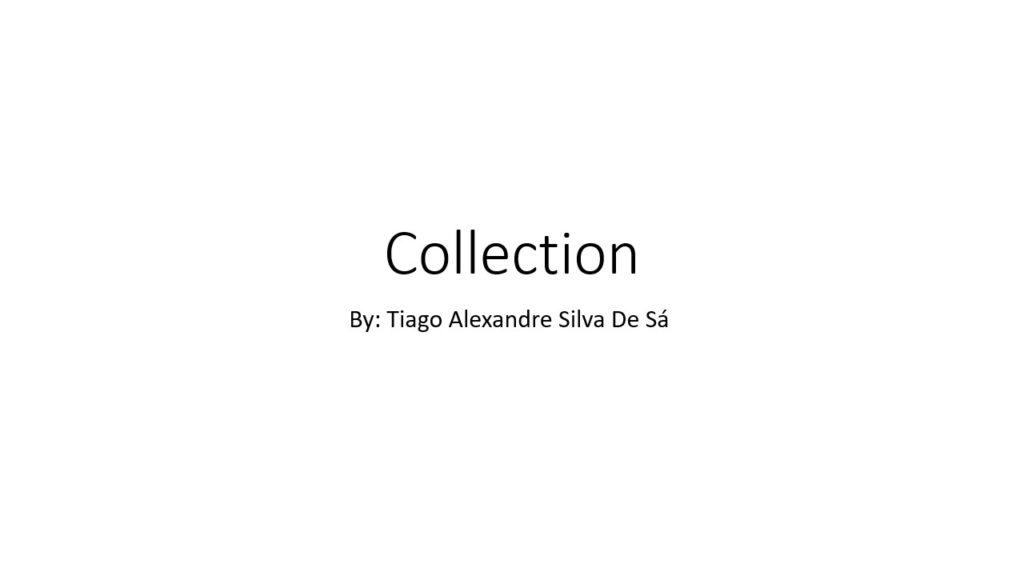
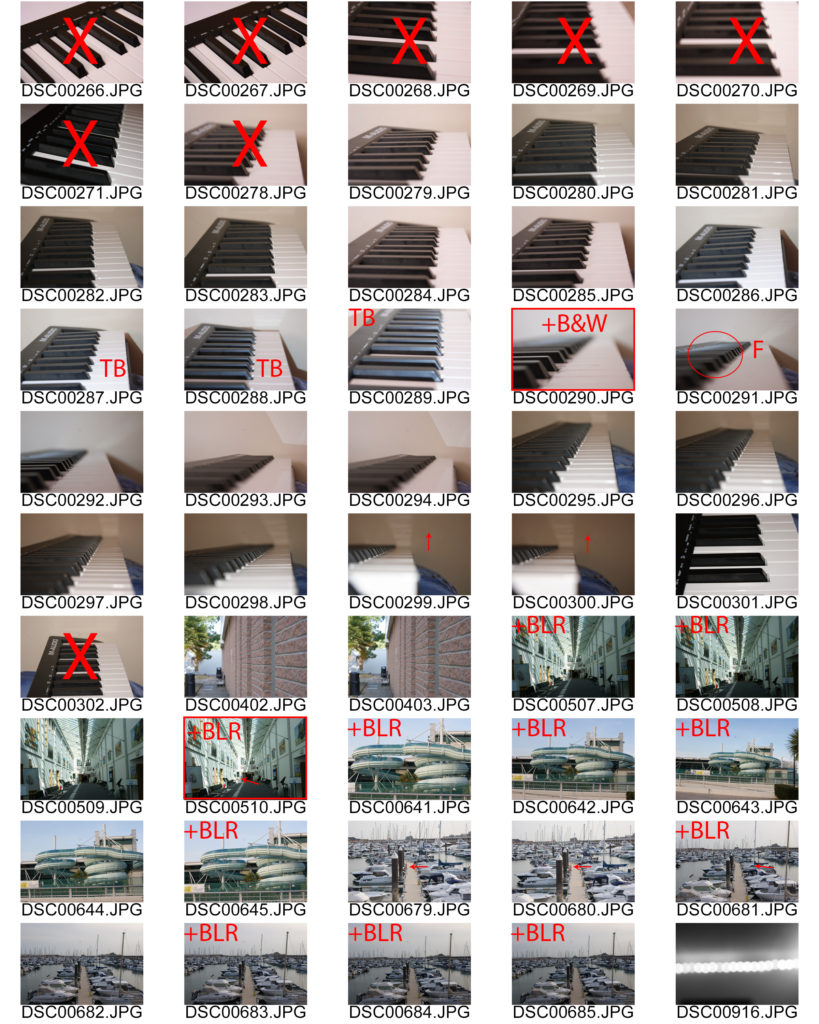
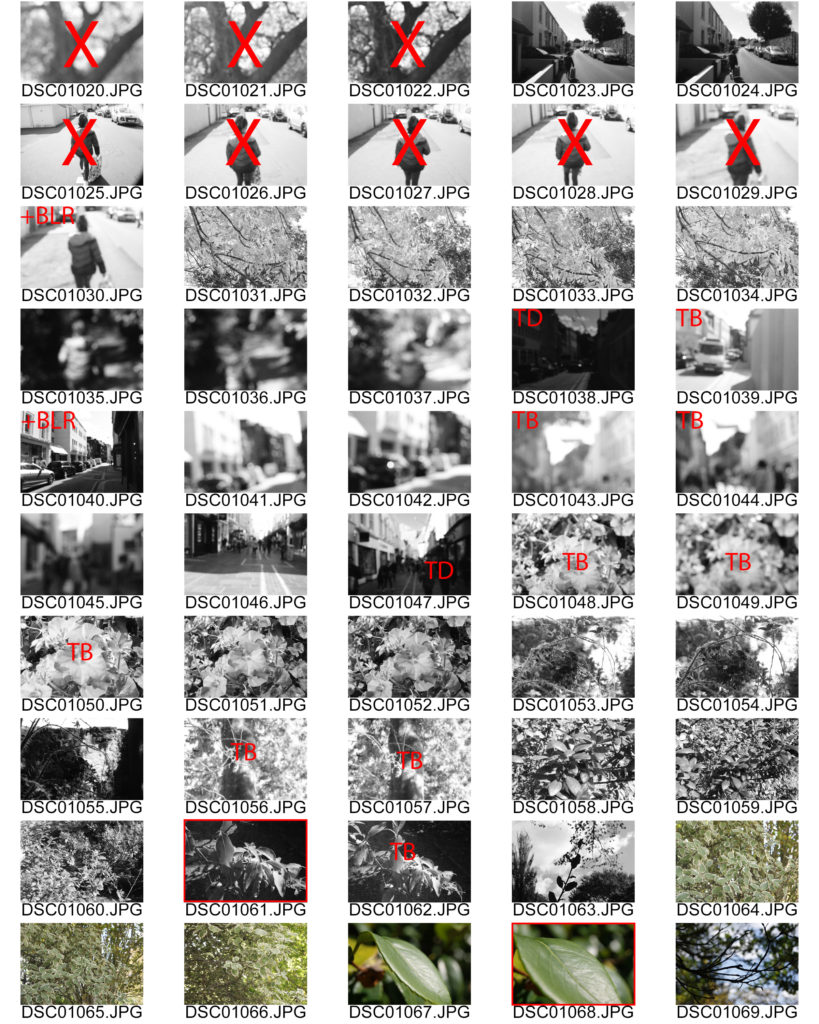
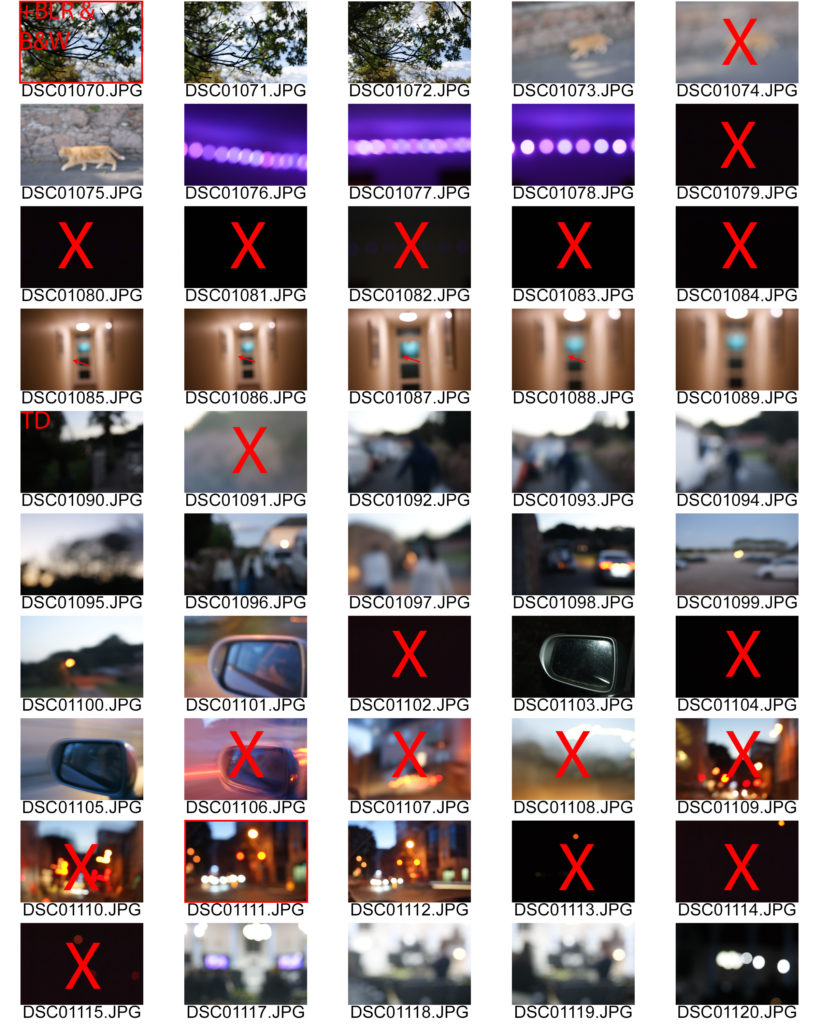


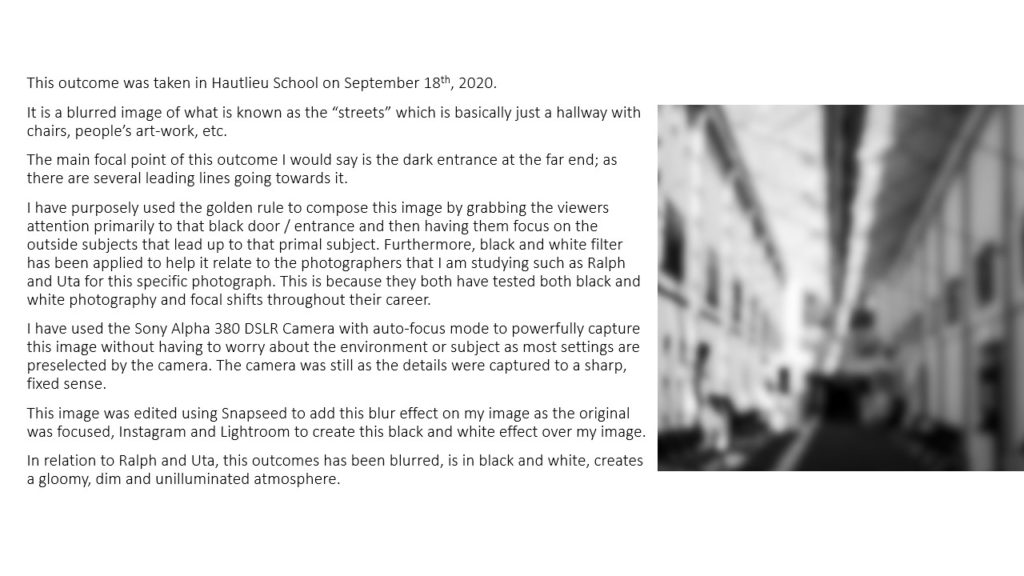
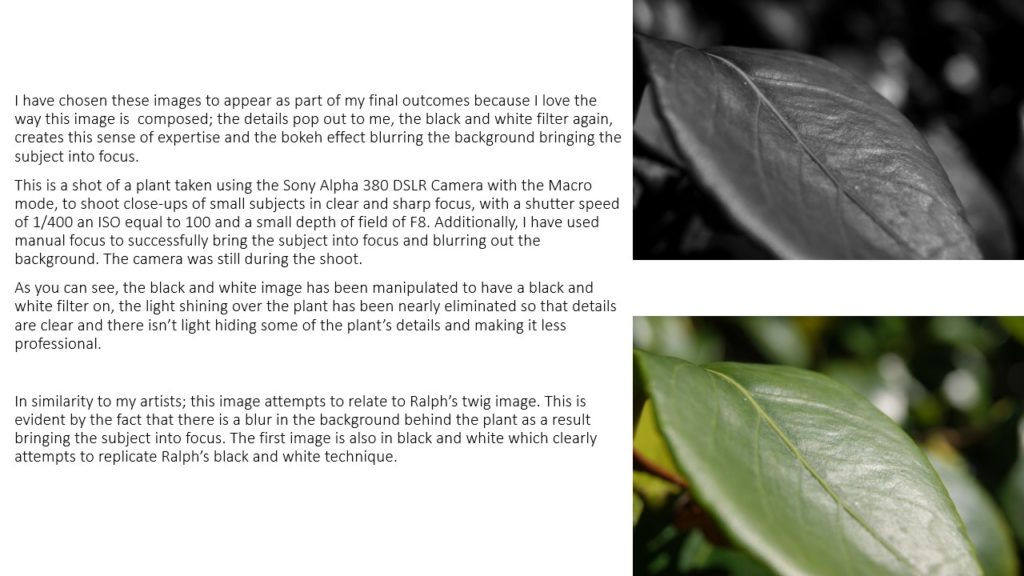

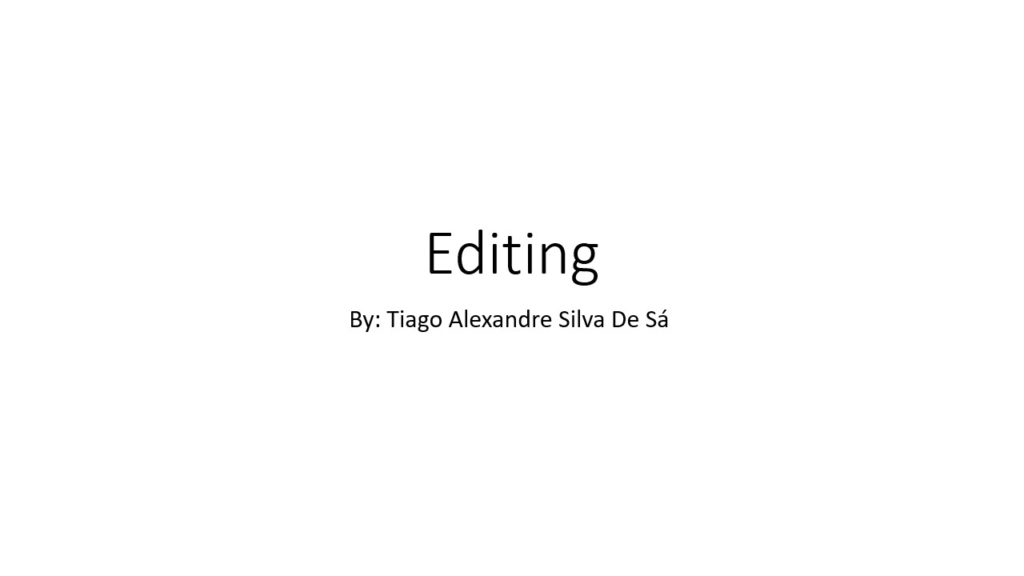
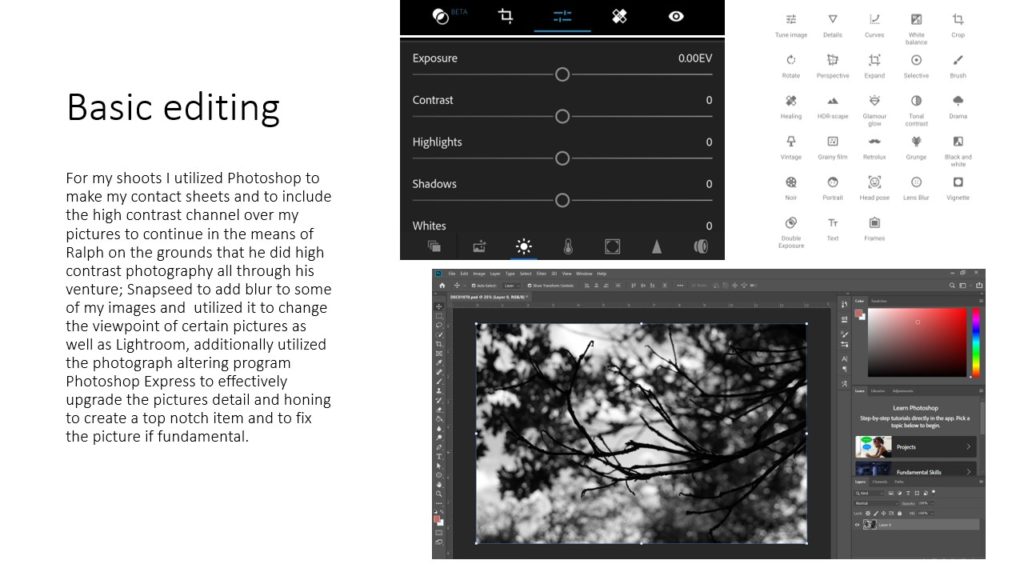
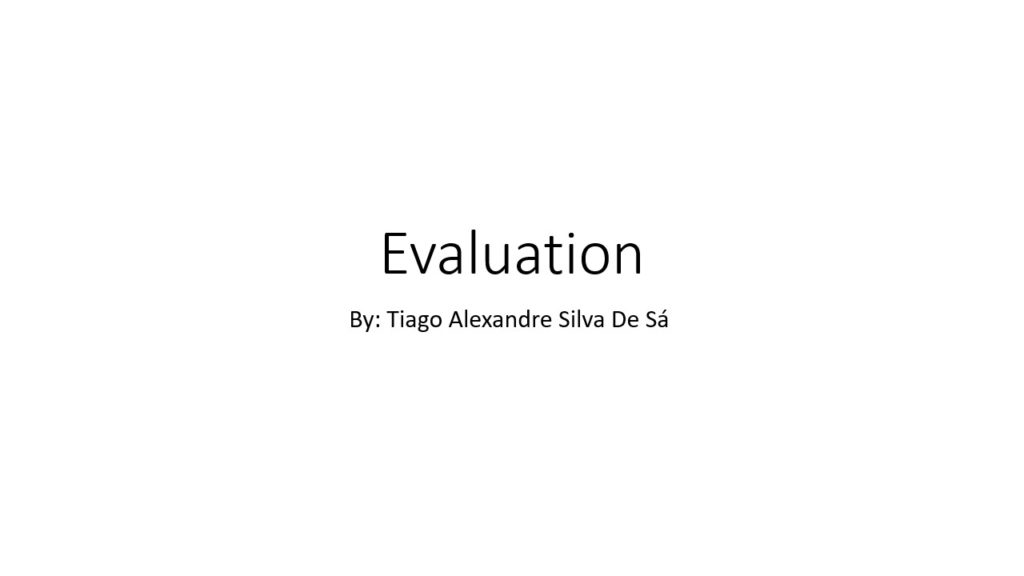































Keld Helmer-Petersen was one of the most influential Danish photographers in the 20th Century. He was an international pioneer for colour photography, however he also published several books of high contrast black and white images. Helmer-Petersen had a strong interest in industrial buildings and modern architecture, much of his work is centered around man-made structures. This is similar to the work of Albert Reneger-Patzsch, who inspired Helmer-Petersen greatly. His work also focuses on minimalism, using harsh tones of black and white and no mid tones.
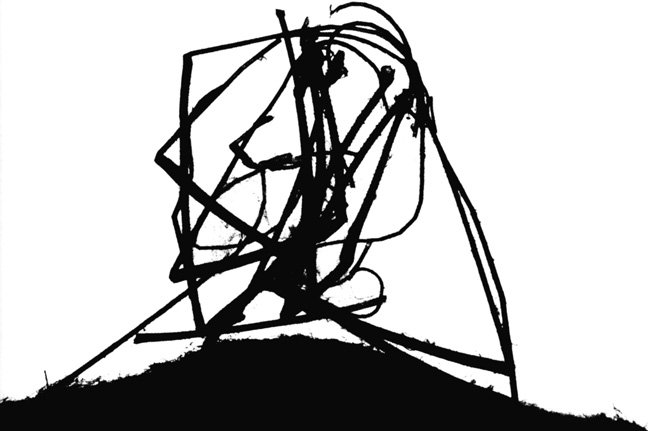
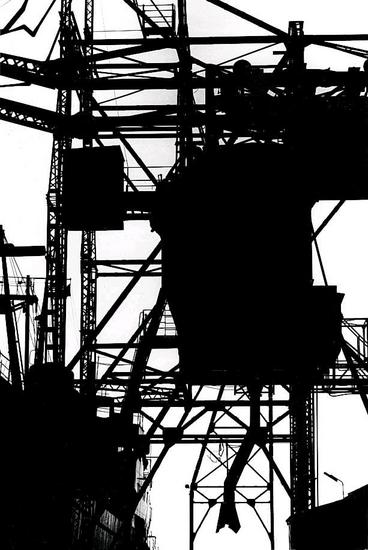

What I really enjoy about Helmer-Petersen’s work is the dramatic contrast in his images. I believe it creates a sense of mystery as the high juxtaposition between black and white presents the industrial structures as silhouettes, alluding to the idea that the man-made world is dark and enigmatic. Additionally, I really like the bold straight lines in his work which repeat in each image. I think they display stillness and solitude in his work, which mixed with the shallow depth of field, create clear focal points for the observer.
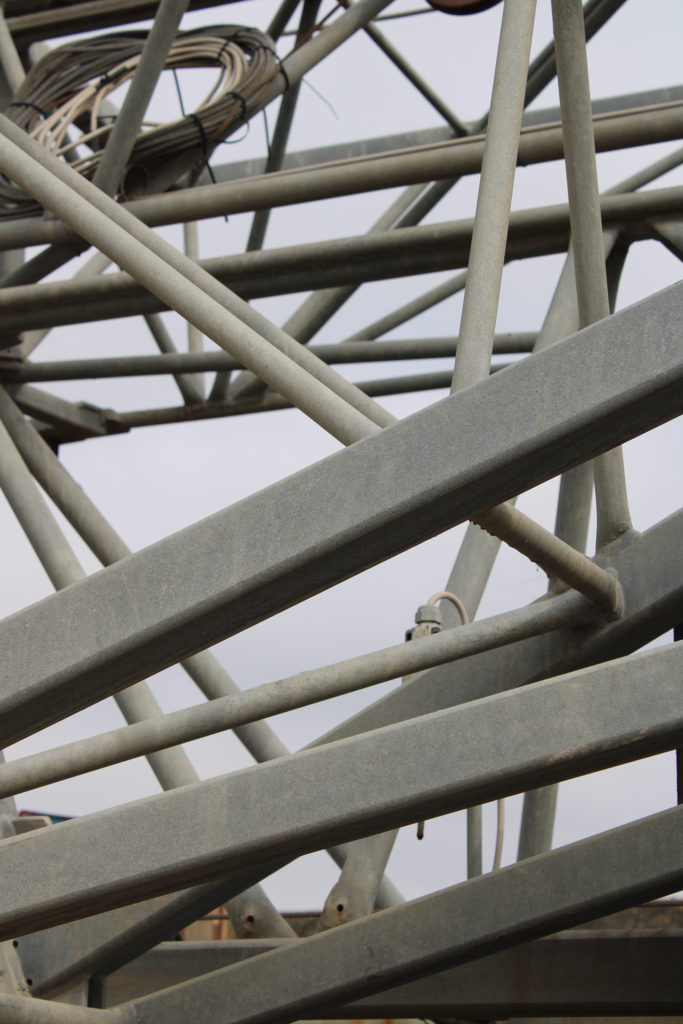
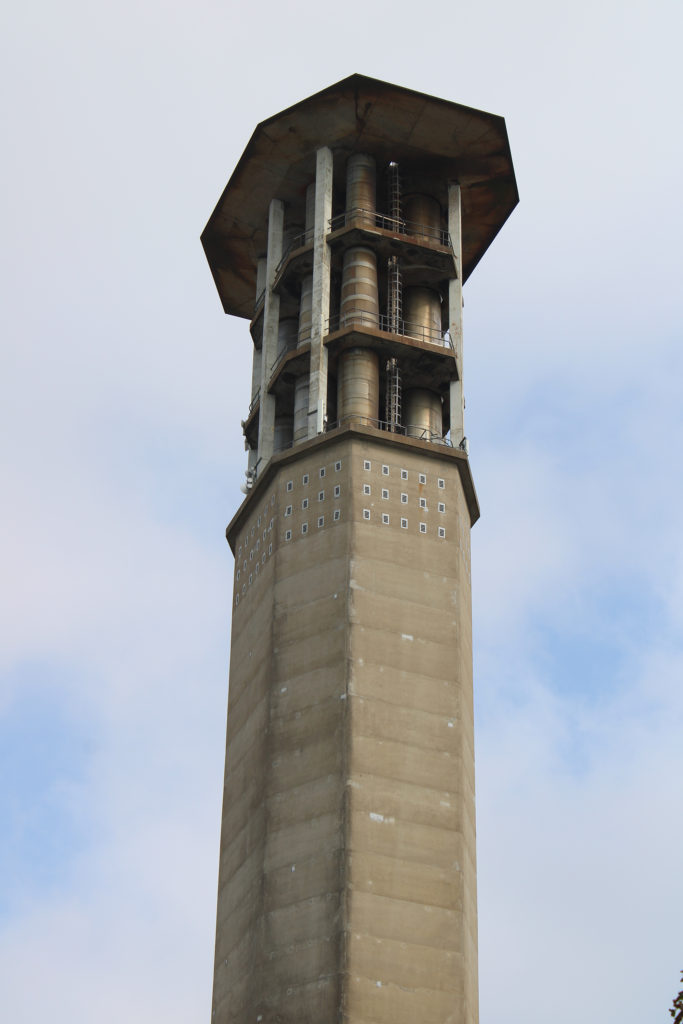



I have chosen these 5 images to edit in the style of Keld Helmer-Petersen because I believe their blank backgrounds and architectural subjects reflect Helmer-Petersen’s minimalist Black Light images. Furthermore, I think these photos hold similar bold straight lines to his work and will work well when edited with high contrast. Although Helmer-Petersen’s images are focused on industrial buildings, I want to also experiment with a nature image to compare the difference between having a dark background to a light. I believe the image will still reflect his work as it will hold minimalistic qualities in its blank background and high contrast between the highlights and shadows.

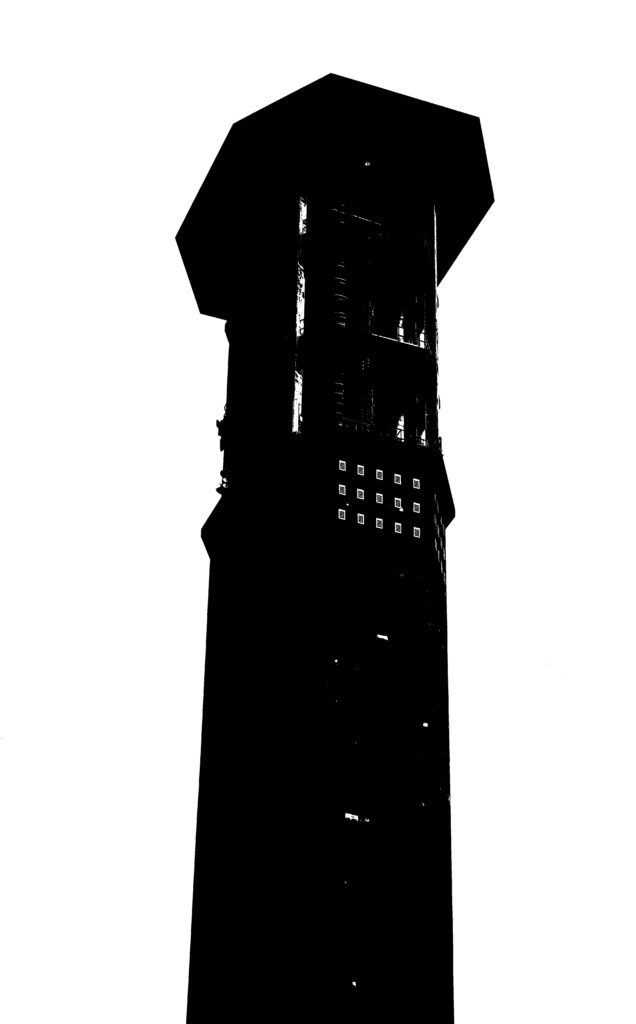
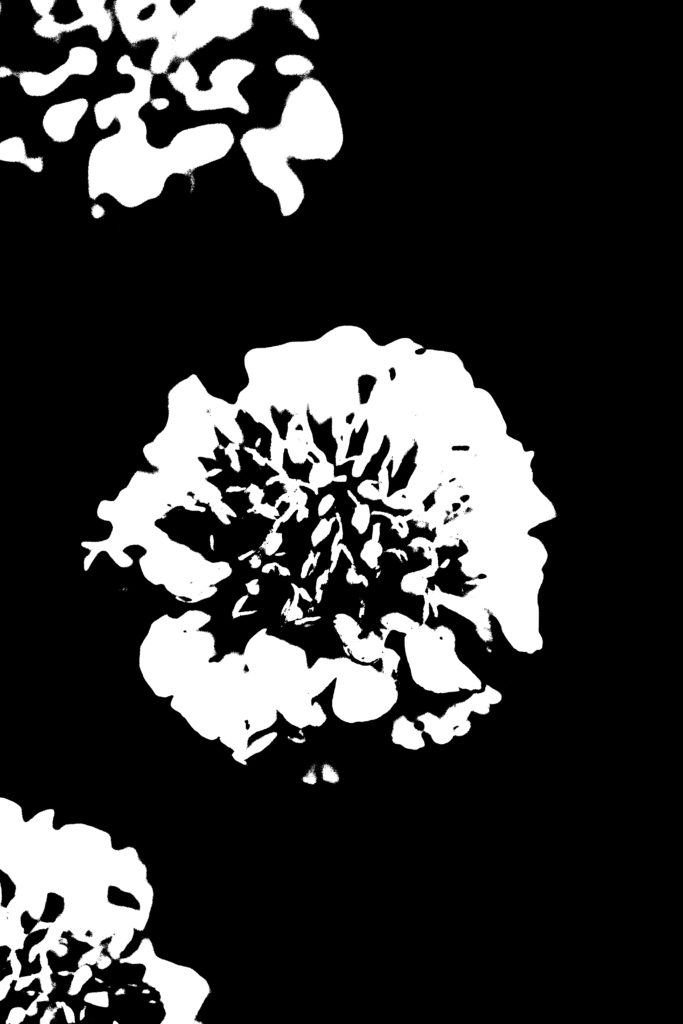
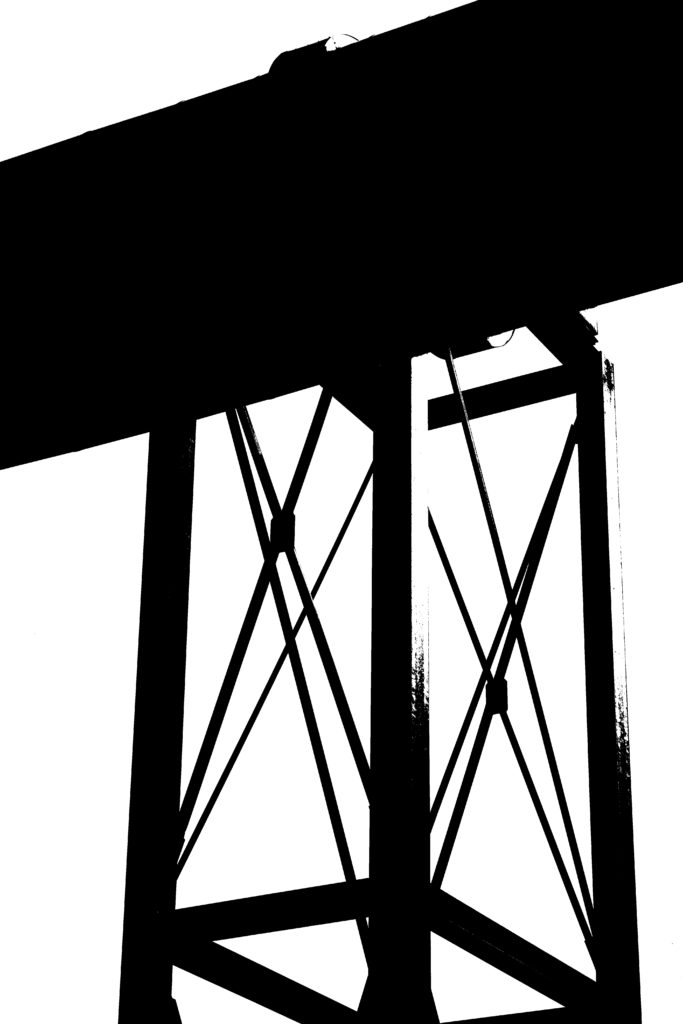

I edited my final images on Photoshop using the threshold tool to overly enhance the contrast and to change the photos to black and white. I really like how abstract my images have come out, I think the bold black lines draw the observer’s attention to the uniform structures which create an animation-like effect in the images. Moreover, I believe these edited photos reflect Helmer-Petersen’s work immensely as they replicate the silhouettes and juxtaposition seen in his images. In addition, I think the experimentation with the nature image, using a dark background and having a white focal point, provides a different approach to Helmer-Petersen’s work while still reflecting his harsh contrast and sharp black & white tones. Lastly, I really like the shallow depth of field in these images, it exaggerates the negative space surrounding the geometric structures in the foreground and the static atmosphere of the photographs.
Keld Helmer-Petersen

Petersen is seen as one of the best photographers in the 20th century. His career spanned 70 years and he had strong interest in modern architecture, industrial areas and structures. He started photographing in the late 1930s and first made his name with 122 Colour Photographs in 1948.
Keld Helmer-Petersen’s black and white images explore dramatic contrasts of tone. In some, we are only presented with images that are black and white. All mid tones have been removed. He created and found these images, using both cameras and flat bed scanners to achieve the effects he was looking for.
My version
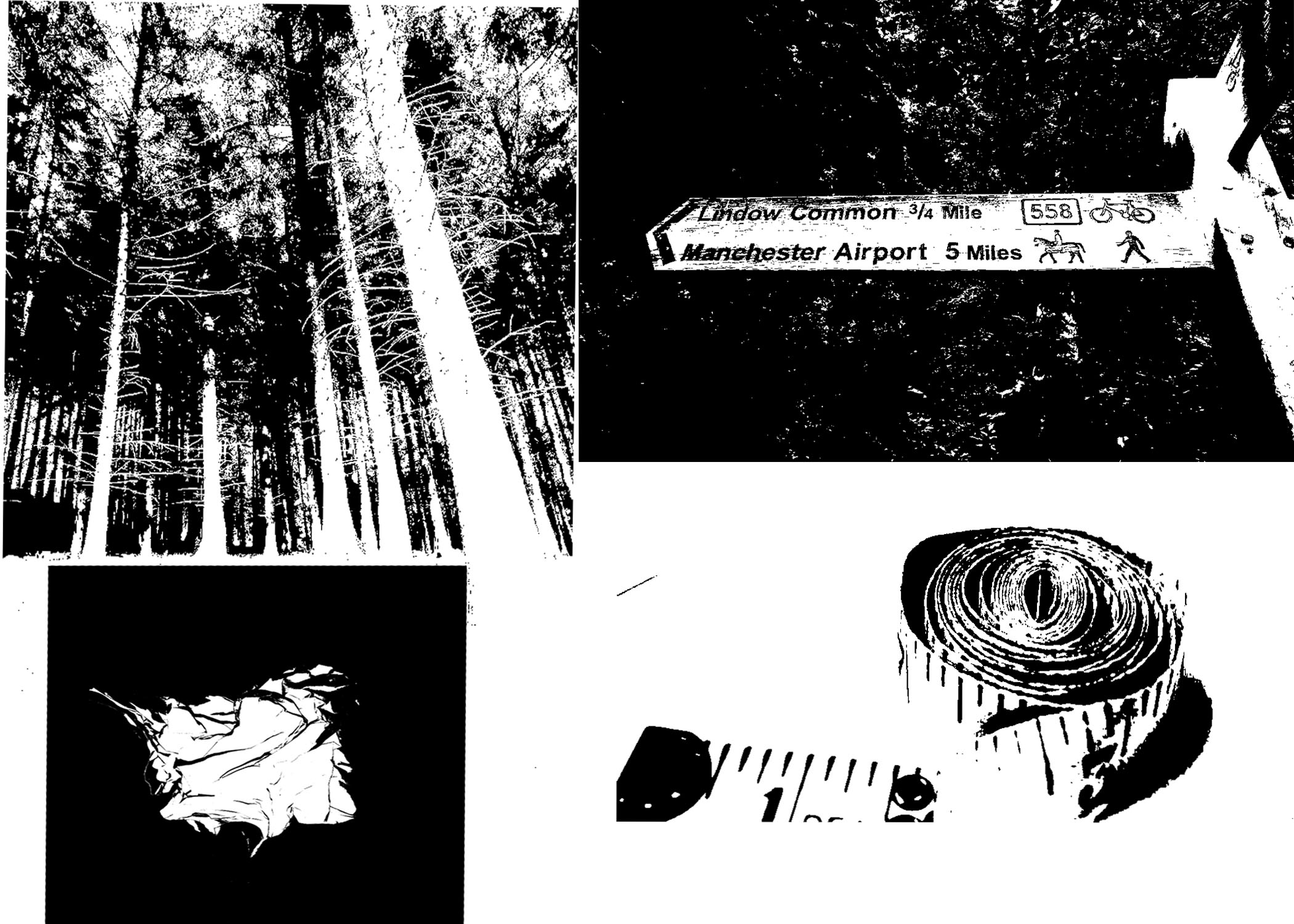
Artist Research-Ralph Eugene Meatyard

Meatyard was born in 1925 in Illinois,USA. When he turned 18 he left to join the Navy as he was 18 during world war 2. Once he returned from fighting, he began to train to be an optician.
Meatyard purchased his first camera in 1950 to photograph his newborn first child. Once his children were older and he had a larger understanding of his camera, he began to take more images of his children and also took images so blurry many couldn’t figure out what it actually was.
Inspiration
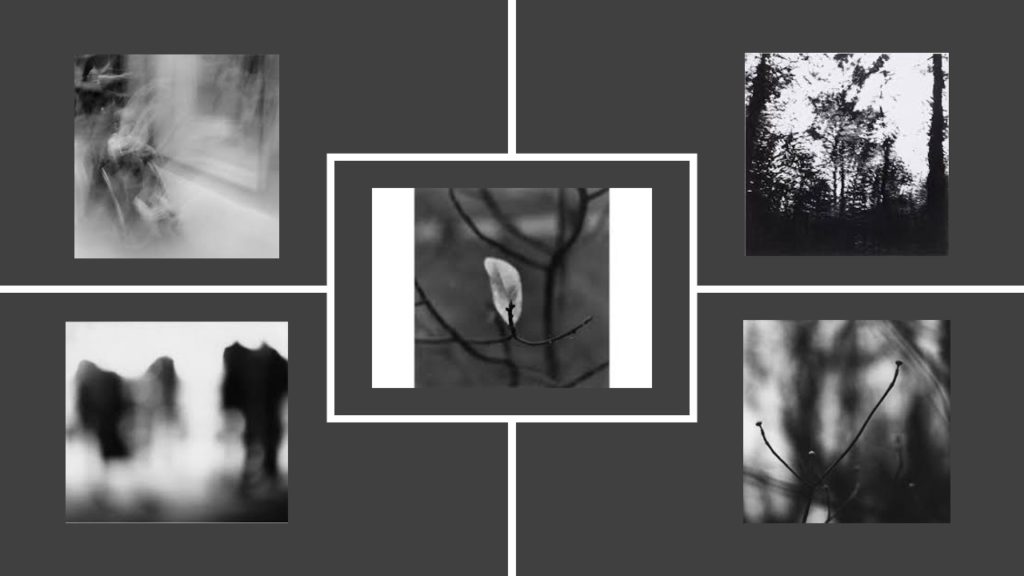
SHOOT
For this shoot I wanted to try and figure out which parts of the image I wanted in/out of focus. I had only been taught how to manually use my camera, so I was pleased with how they turned out.
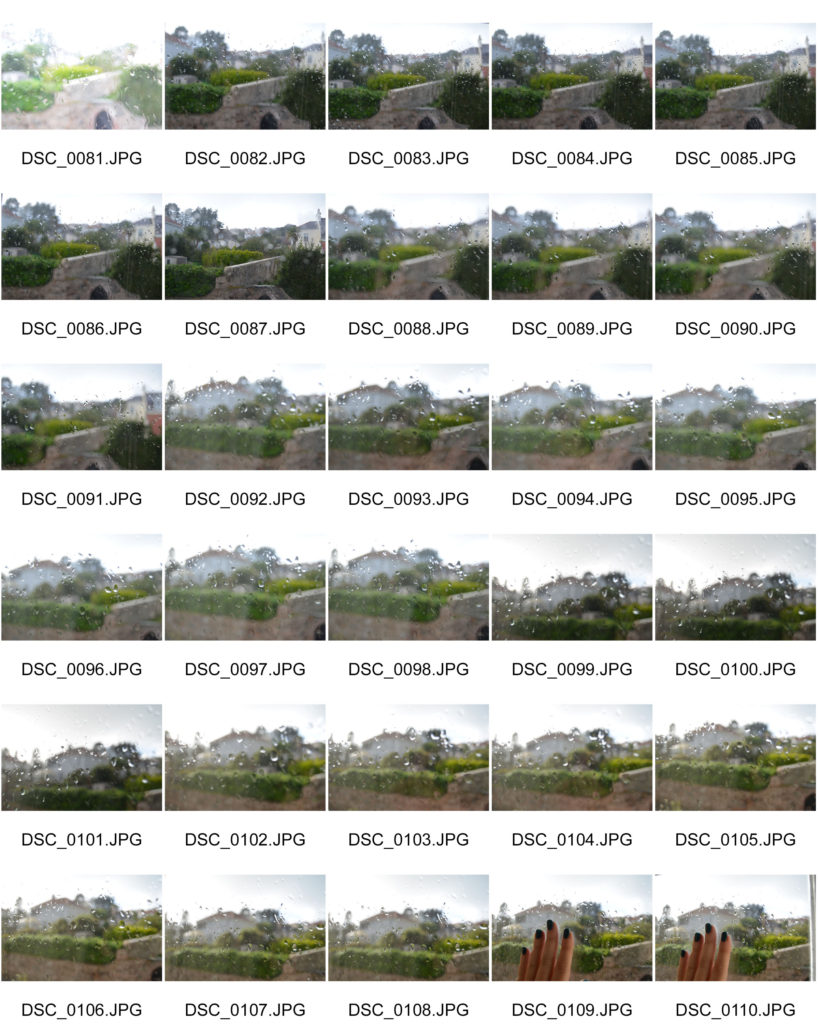

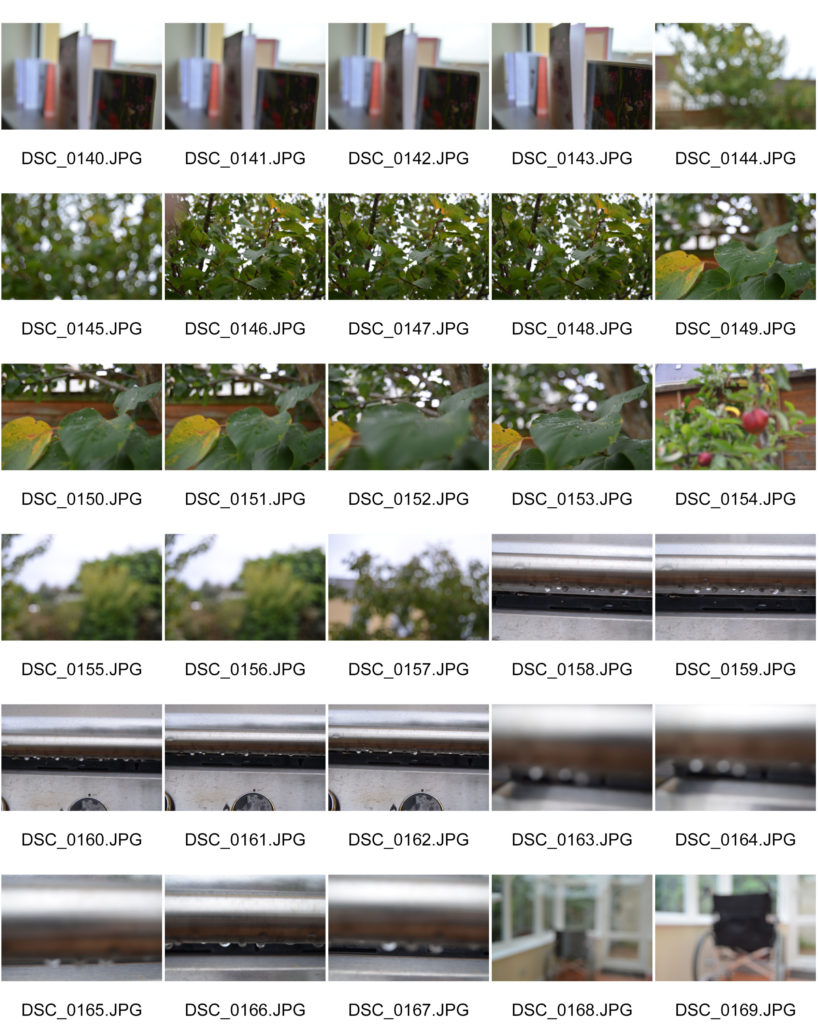

Successful outcomes (unedited)

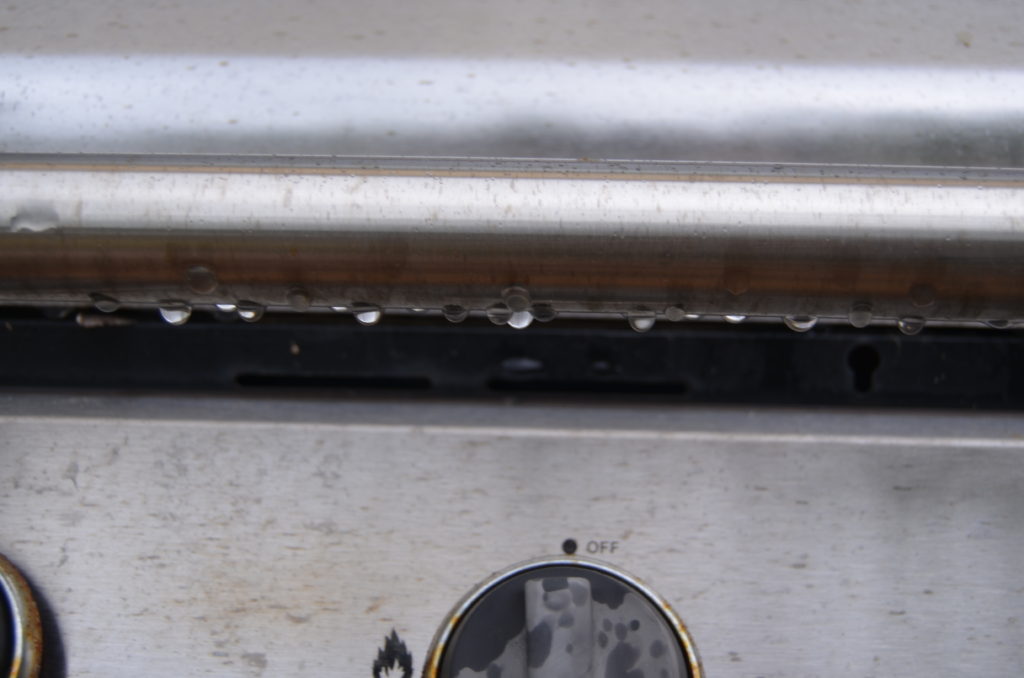

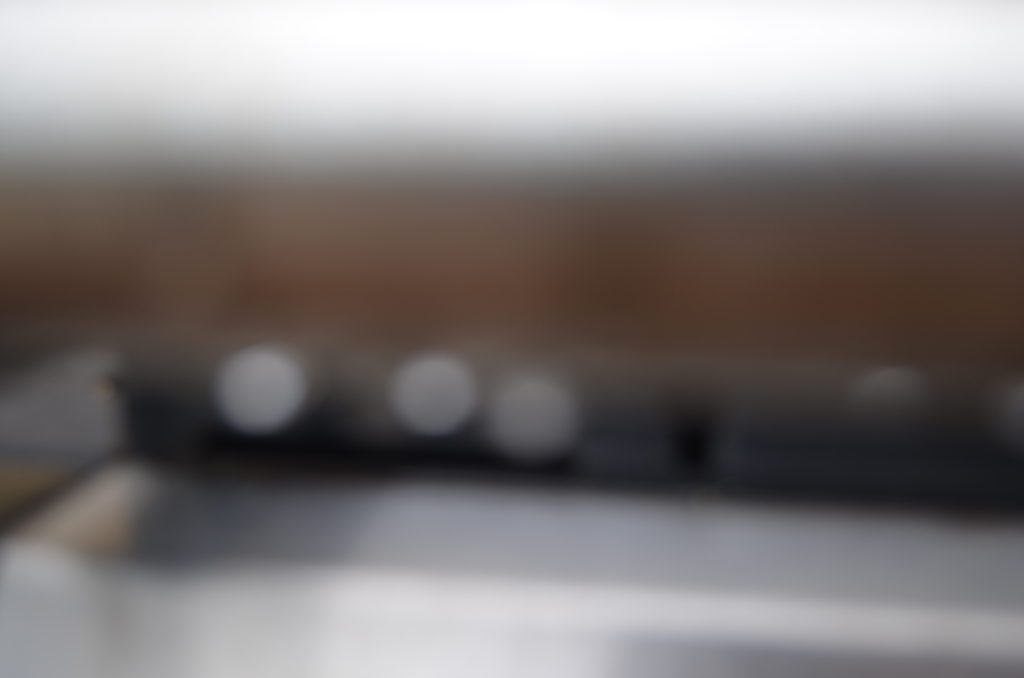

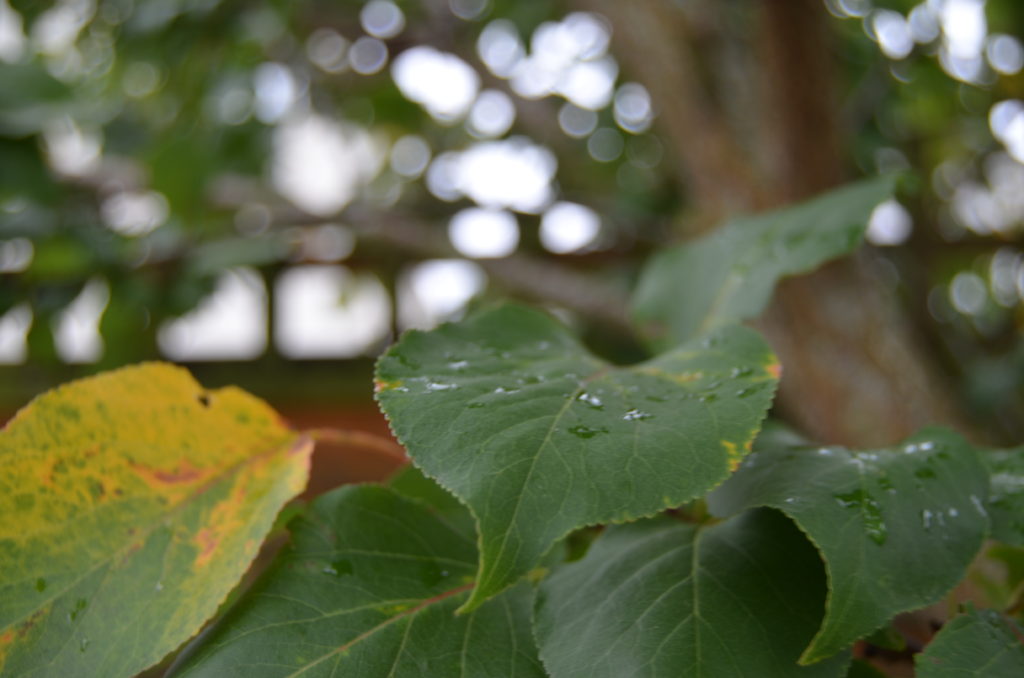

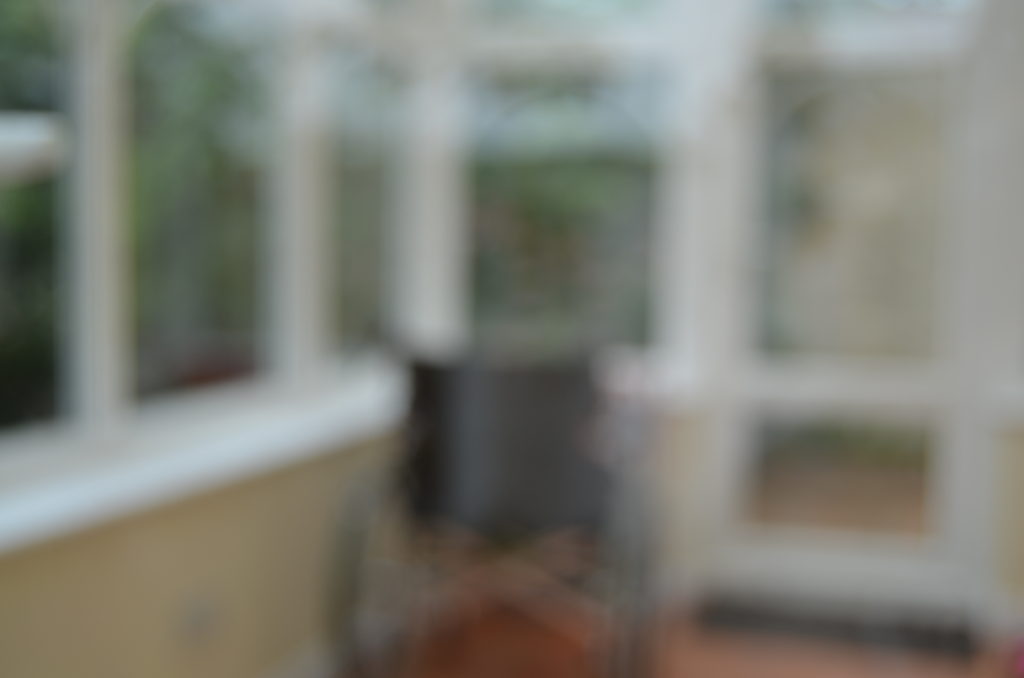
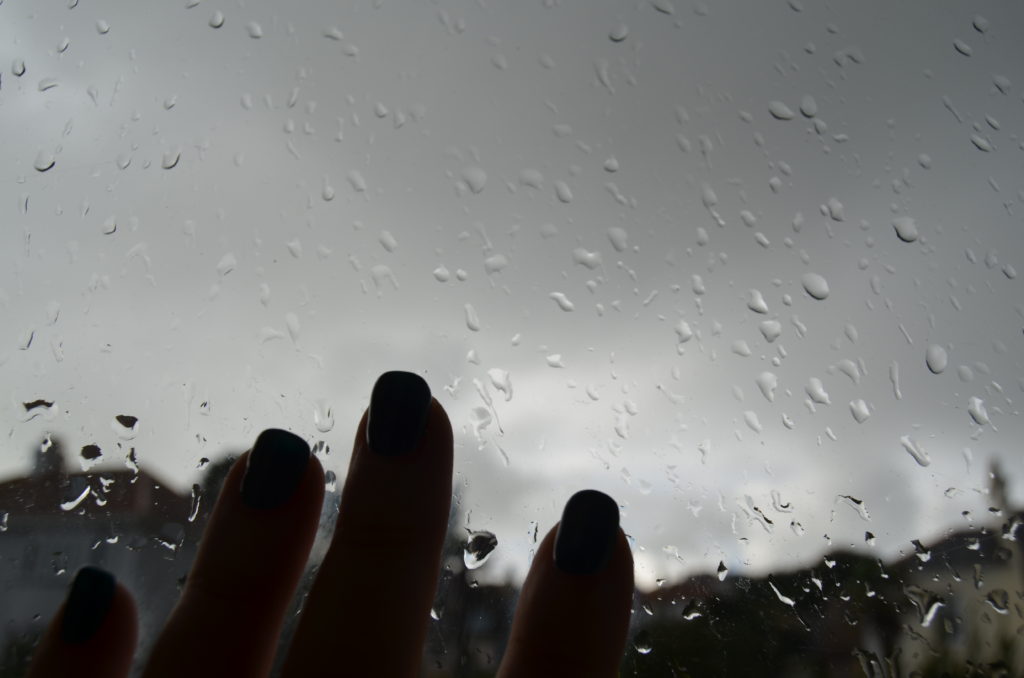
Successful edits
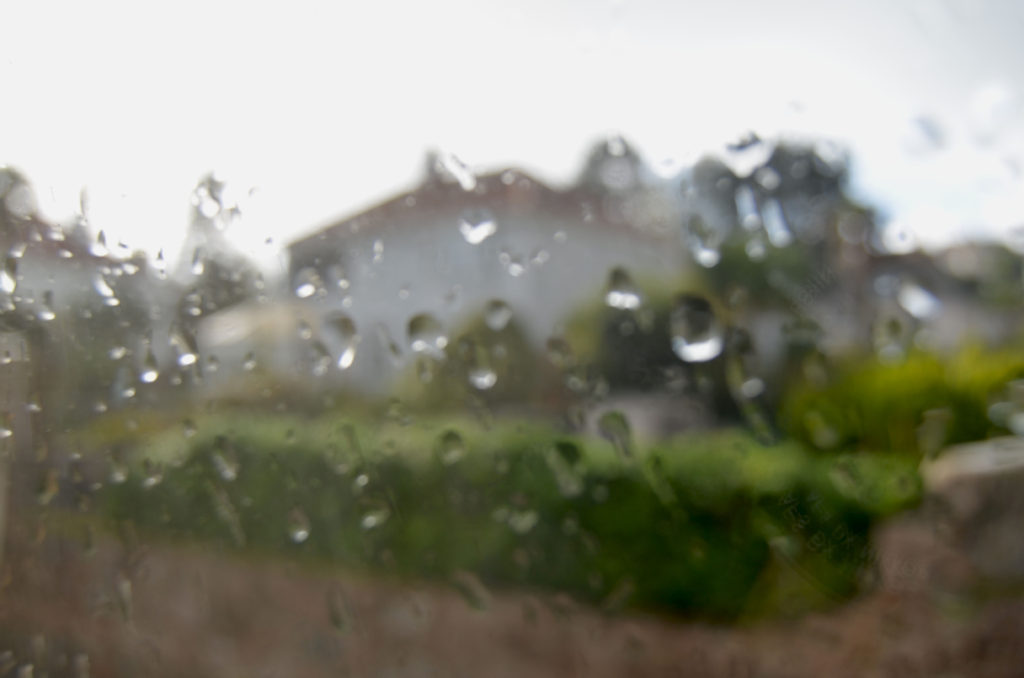


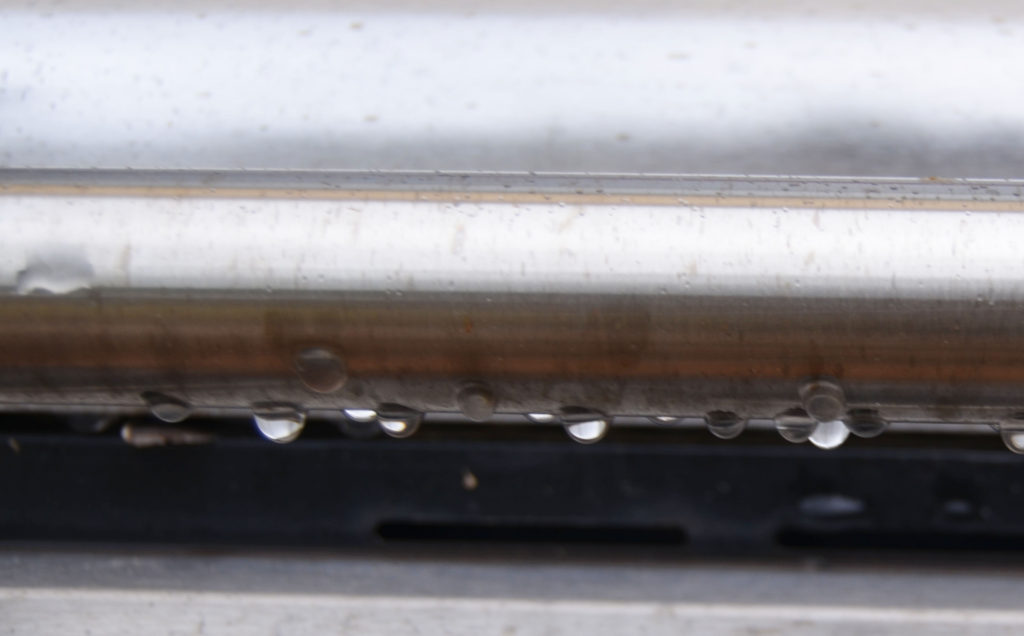
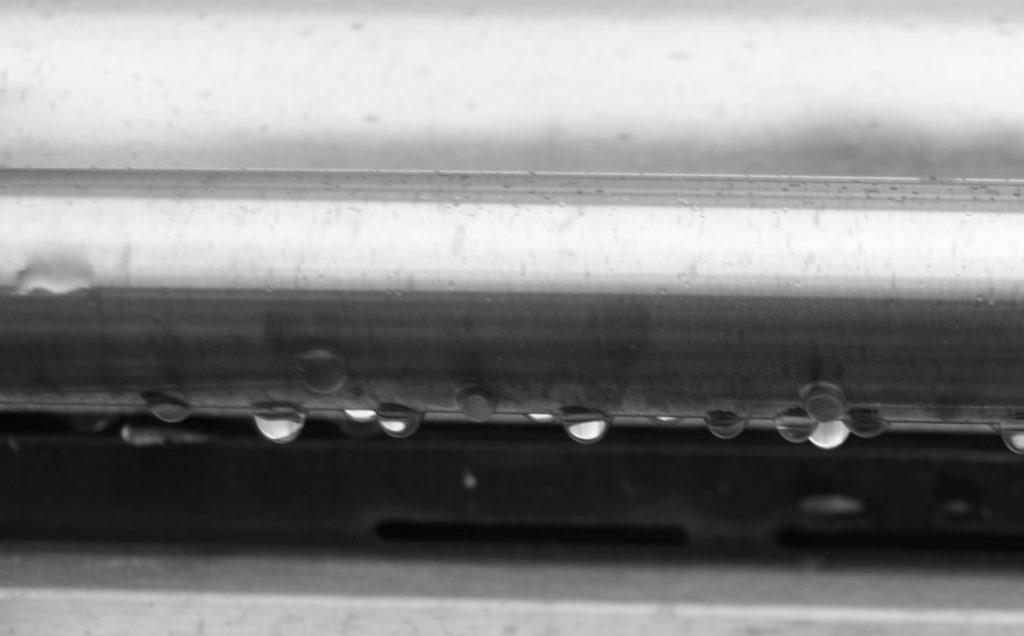

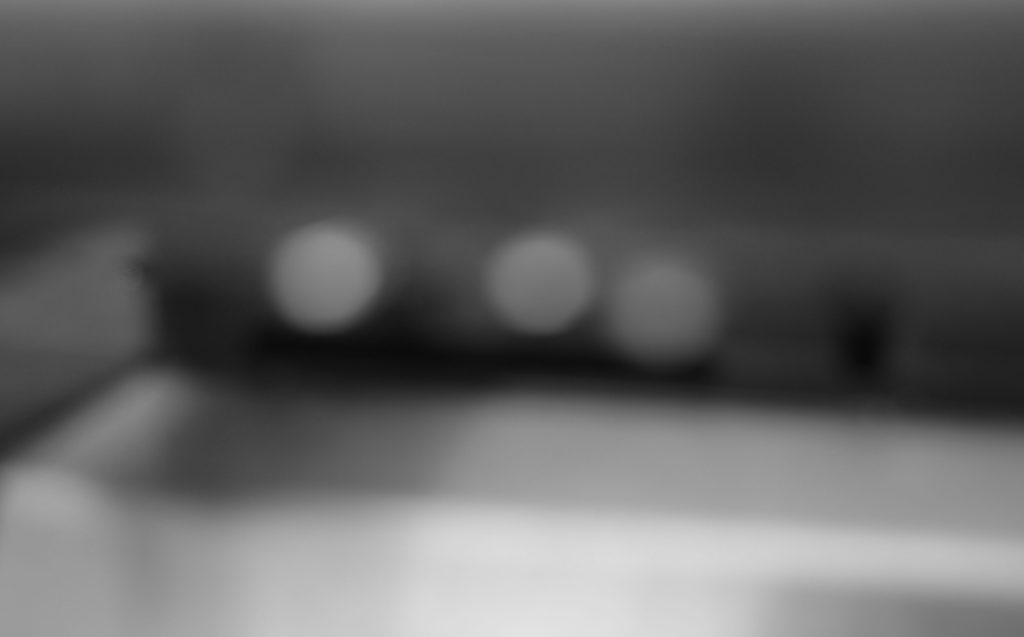
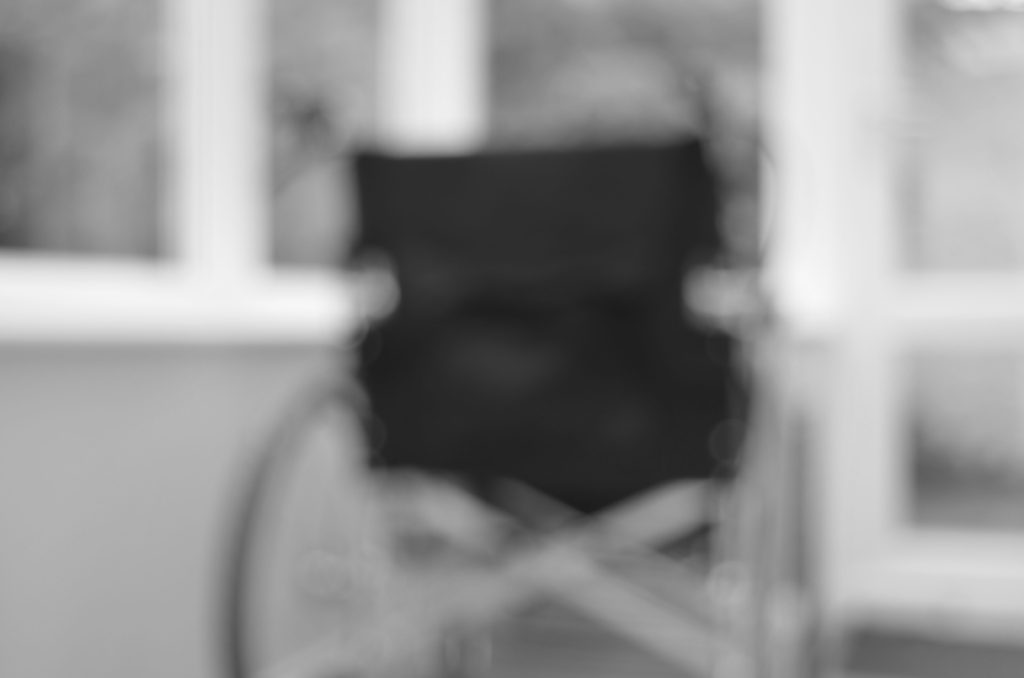

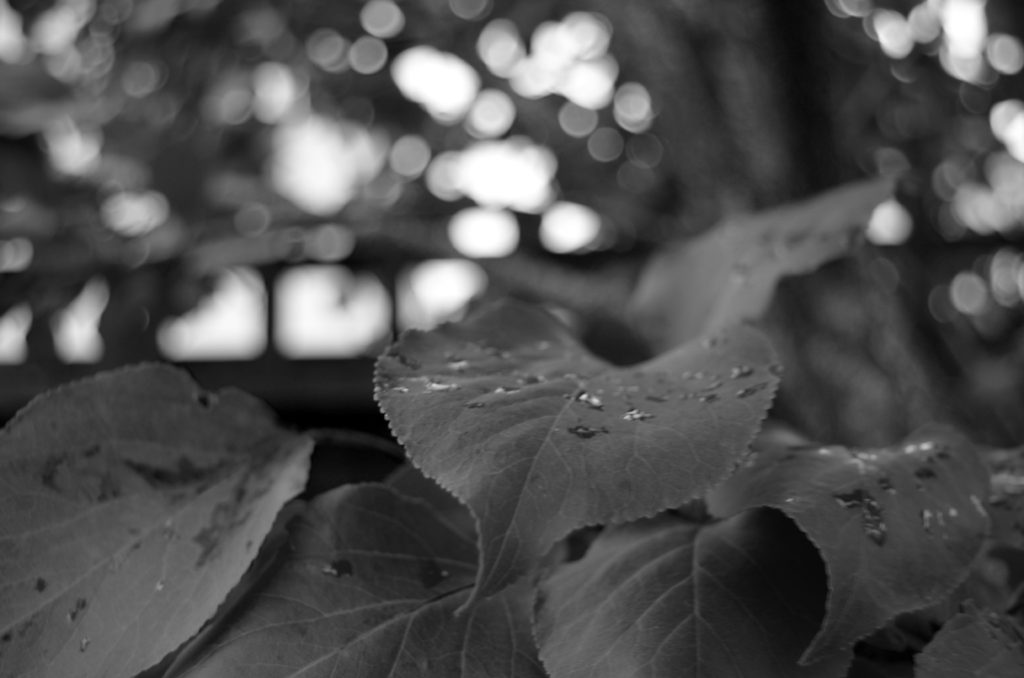
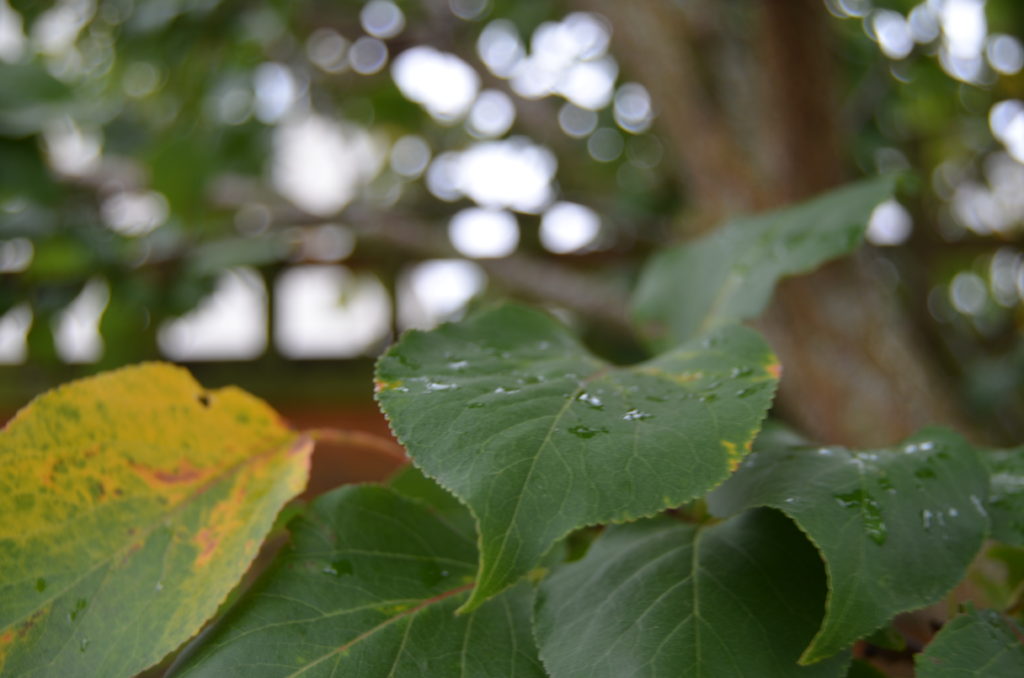
Favourite image

This is my favourite image because I like the fact that you can still see the contrast in colours of the wheelchair; especially the metal because the sun had caused the top of the frame to be a silver colour and the bottom to be a slightly brass/copper colour. This allows the viewer to think about which colours are in the image and look outside what is in the centre of the image.
I made sure that the image was blurred to stick with the inspiration of Ralph Eugene Meatyard. I like the fact that you can still vaguely see the different textures of the wheelchair. The room I was in was very light and I thought that it worked with the dark colours of the central features like the chair, wheels and handles of the wheelchair.
Introduction
Keld Helmer-Petersen was a Danish photographer who liked to experiment with the contrast of black and white expression influenced constructivist artists and their fascination with industry’s machines and architecture’s constructions. Keld’s approach to photography was by and large experimental and explorative. He worked on the boarders of what we consider to be photography. Throughout his career he worked with cameraless photography which was a technique in which objects are placed directly on light sensitive photographic paper. He used to walk down pavements with his head down making discoveries of damaged roads, houses or pavements which resulted in works such as the series Deformationer.

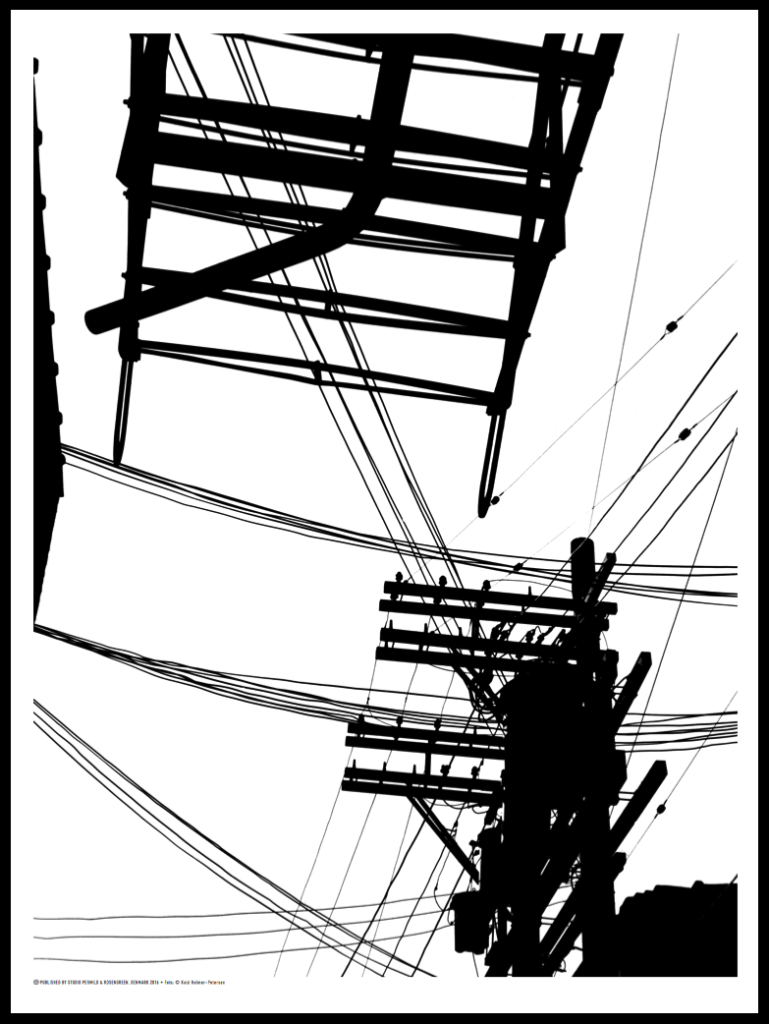
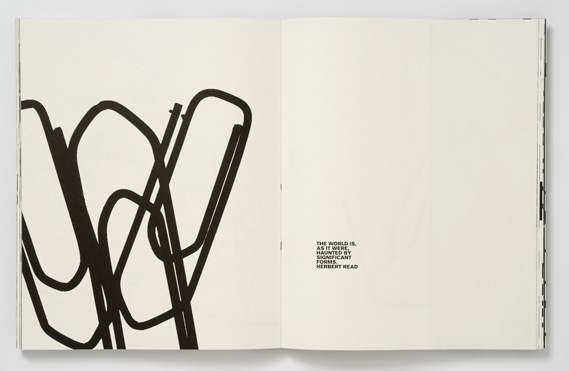
Original Photos

Edited Photos

The process I went through with making this was that I had all my photos on a separate file and edited them in order to make them have a bold contrast I achieved this by going onto image, clicking on adjustment then I went onto threshold which enabled me to adjust the threshold for my pictures, making the black and white have an intense contrast. After I done this, I opened a new file onto my photoshop and selected my images then copy and pasted them onto my new file, to have my edited pictures on the same file.
Evaluation
The evaluation that I made for my final images that I edited, was that I thought the images came out great involving the technique that Keld Helmer-Petersen uses for his photography. This is because in my images, they are flat and have bold contrasts of black and white on them having the object in any of the images stand out. Moreover, in the image of the Brewery in which I had edited, I thought this came out to be the best edit out of them all as the windows in which where bordered up and the outlines of the building highly stood out due to the building being white, the sky turning out white also made the image appealing as it seems like this could have been a sketch and not a picture.
Keld Helmer Peterson
A Danish photographer who was considered a pioneer in abstract photography in the 40s and 50s.
Keld experimented with the contrast in graphic black and white expression.
He was influenced greatly by constructivist artists and industrial machines/architecture.
Below we can see some of his compositions from his “Black Light” album where he experimented with extreme contrast to create abstract black on white compositions.

Process:
I chose 4 images that I thought would create a graphical black on white composition when edited. I opted for interesting industrial and man made elements with simplistic backgrounds.
I then added greater contrast to the image. Following this I used the threshold tool in photoshop to exaggerate the tonal range and create an abstract composition.

My Images

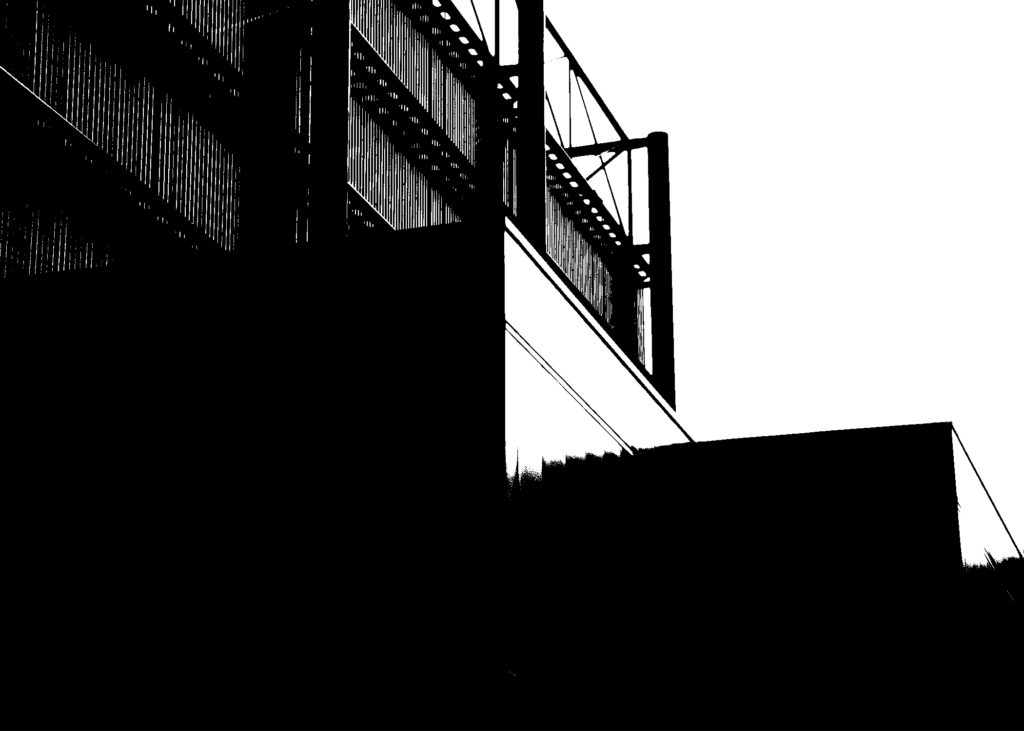

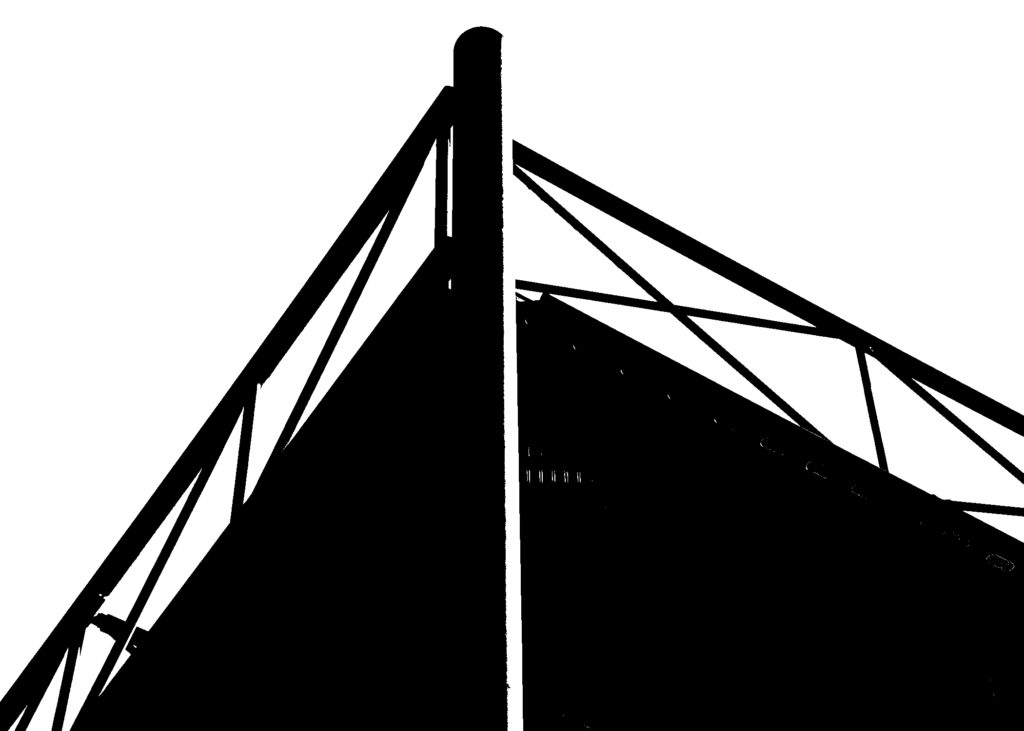
Keld Helmer – Petersen was a Danish photographer who received worldwide recognition for his coloured photographs. He also published several books full of black and white images where all the mid – tones had been removed.
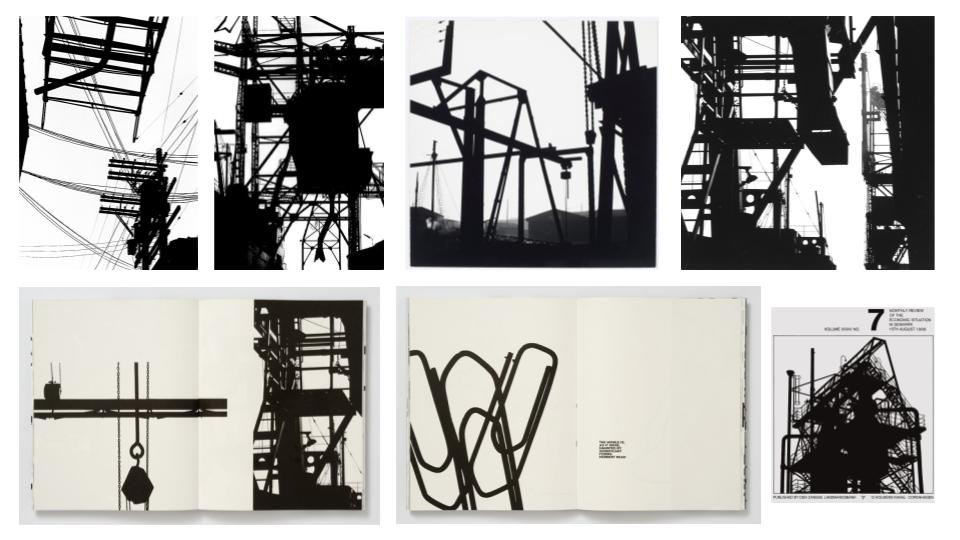
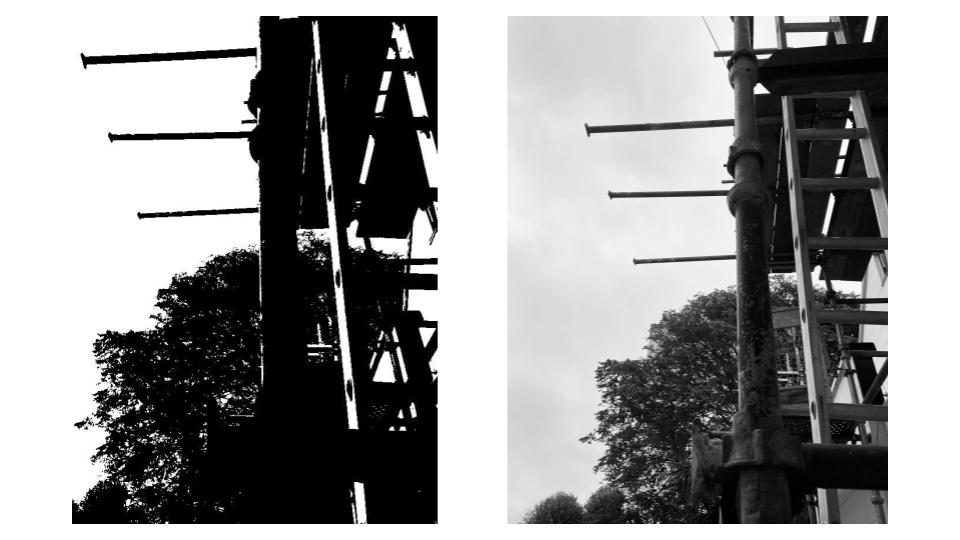
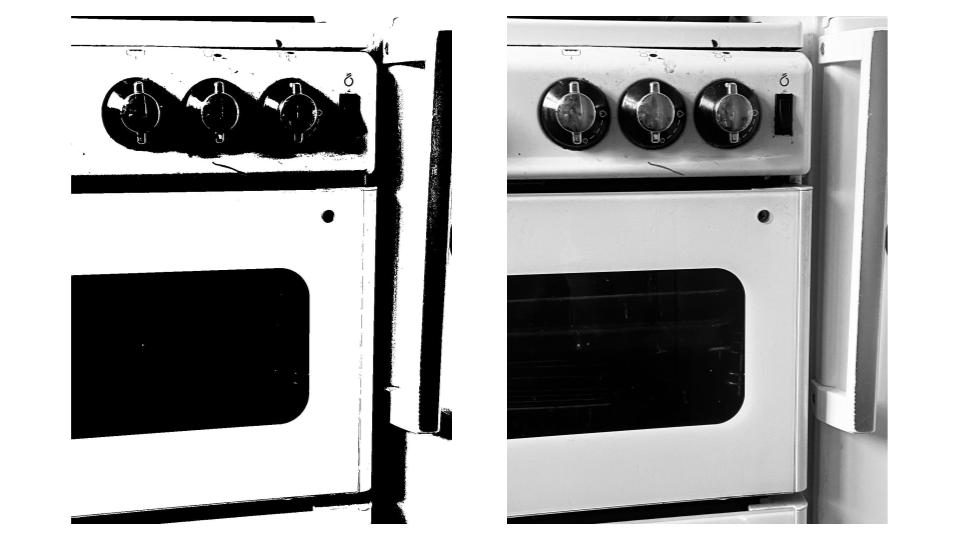

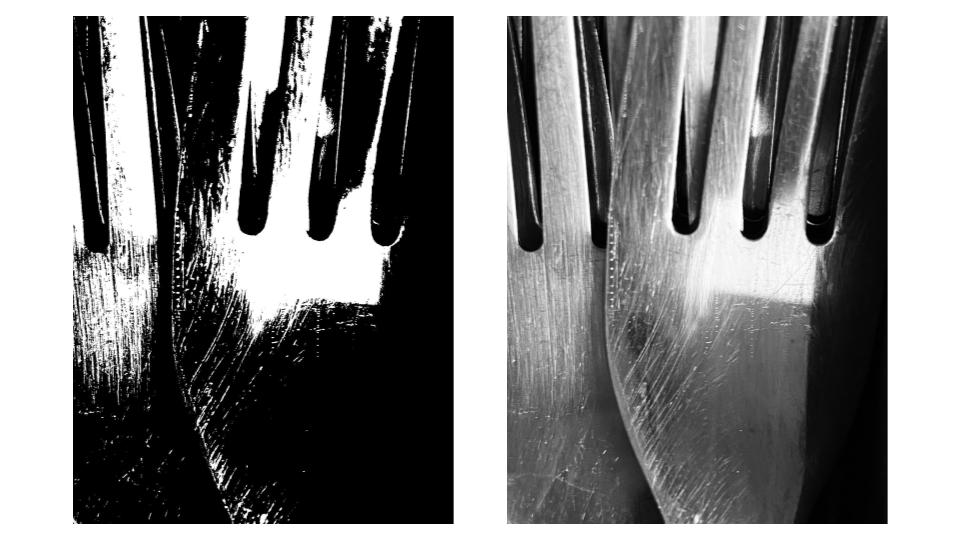
I firstly selected four images from my previous photoshoot inspired by Albert Renger – Patzsch’s ‘The World is Beautiful‘. I then opened Photoshop and experimented with the threshold tool in order to remove all the mid – tones and leave only black and white in the images. In my first photograph, I also experimented with the cropping tool so I could make the image smaller, and so I could get rid of parts of the image that I didn’t like. In the third picture, the threshold tool emphasised the shadows which were present in the bottom left of the image, and created a whole new area of black colour. The same happened in the second photograph, with the shadows casted by the dials on the oven being accented.
Keld Helmer Petersen– introduction
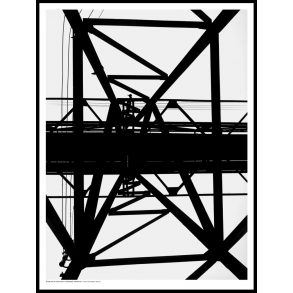
Keld Helmer-Petersen is one of the most influential Danish photographers in the 20th Century. He was an international pioneer in colour photography and was a central figure in not only Danish but also European modernist photography. His career spanned 70 years and he had strong interest in modern architecture, industrial areas and structures. He was very prolific and continuously experimented and challenged the many possibilities of the photographic image.
He experimented intensely with various photographic techniques, such as camera-less images or photograms which were created in the darkroom. He created pure abstract image creations ongoingly from 1949, but especially in the 1970s and 1980s.
Process– I chose four of my images that I liked the most and edited them on Photoshop in the same style as him. I went onto Image> Adjustments>Threshold. I then adjusted the threshold as to how I wanted it. I wanted the a mix of completely dark tones and white tones without any mid tones to get the same contrast as Keld gets in his images.

Evaluation- personally I like how how the top two images turned out because by turning the photo completely black and white you can see all the small details on the trees and branches that you couldn’t in colour and it really defines the shape of the trees as it contrasts from the white .
I like how the bottom two turned out but not as much as the first because there’s still some uneven mid tones around the photos and it doesn’t create that sharp effect of black and white next to each other.
Keld Helmer-Petersen
– Keld Helmer-Petersen was a Danish photographer who gained international recognition in the 1940’s and 1950’s for his abstract colour photographs.
– His career lasted 70 years and he had strong interest in modern architecture, industrial areas and structures, which he would edit to be quite heavily contrasted, using strong black and white tones.
– He was very prolific and continuously experimented with different angles and perspectives.

– As you can see he takes harsh black and white tonal images and increase the contrast in Photoshop.
Process
– First i chose 4 images i liked and opened them in Photoshop.
– Then, go to Image>Adjustments>Threshold.
– Adjust the threshold level slider, to how you want it.
– Crop the images to whatever size you want or 1000px x 1000px. And you can also rotate it in needed.
– Then you save the finished image.
Original Photos – (Before)

Edited Photos – (After)
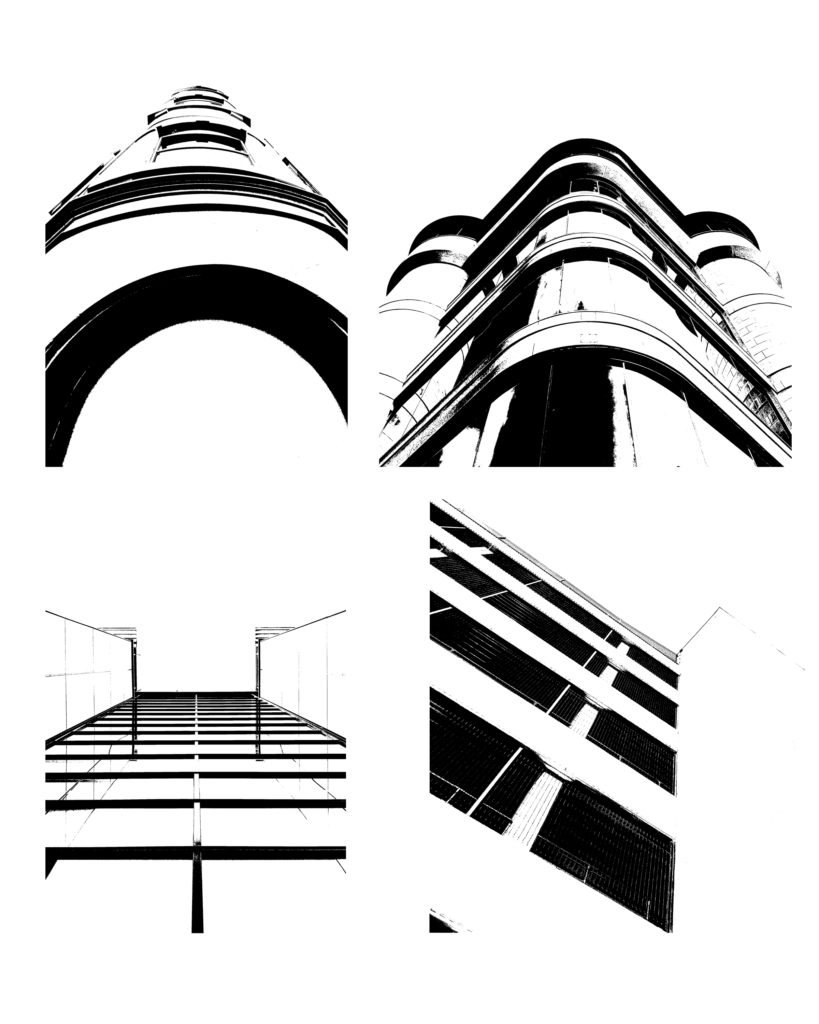
Evaluation
– I like the outcome, as they look simplistic but include every detail needed.
– The images are very geometric and include lots of parallel lines, which creates leading lines pointing to the sky.
– The top 2 images have curves, where as the bottom 2 are heavily consistent of straight lines.
– However, i don’t like how some of the black isn’t filled all the way, which creates a “patchy” look. As you can see in the bottom left photo, and the top right.
Original Photo
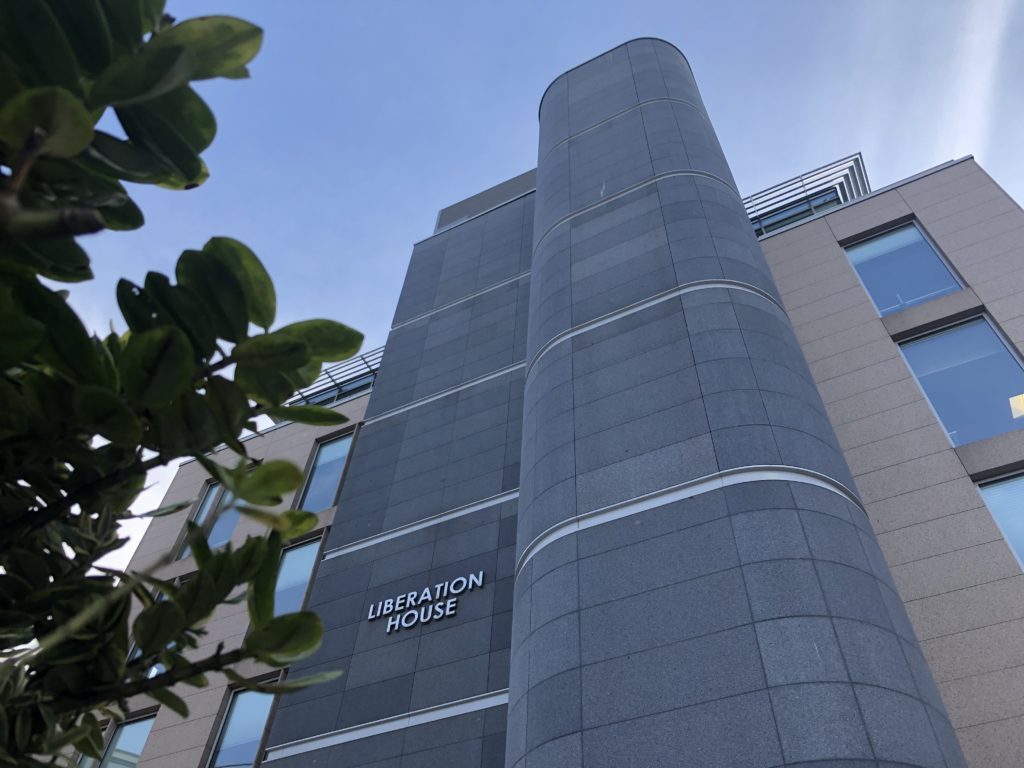
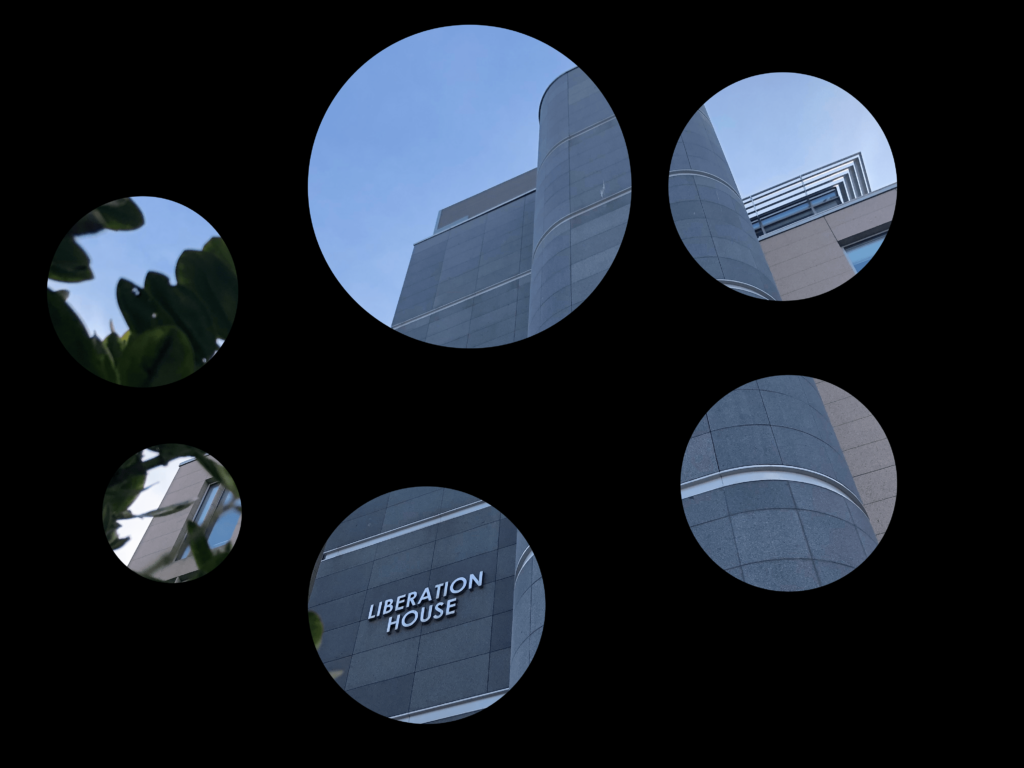
Evaluation
– I edited the image in Photoshop to create this effect. I like it as it makes you focus on the interesting parts, and subtracts the boring pieces.
– First, I made a plain black layer. Then I created 6 circles, and 6 of the same images and made the image a mask for the circle, and I did that 6 times. then positioned the circles where I want to see the image through the black layer.
